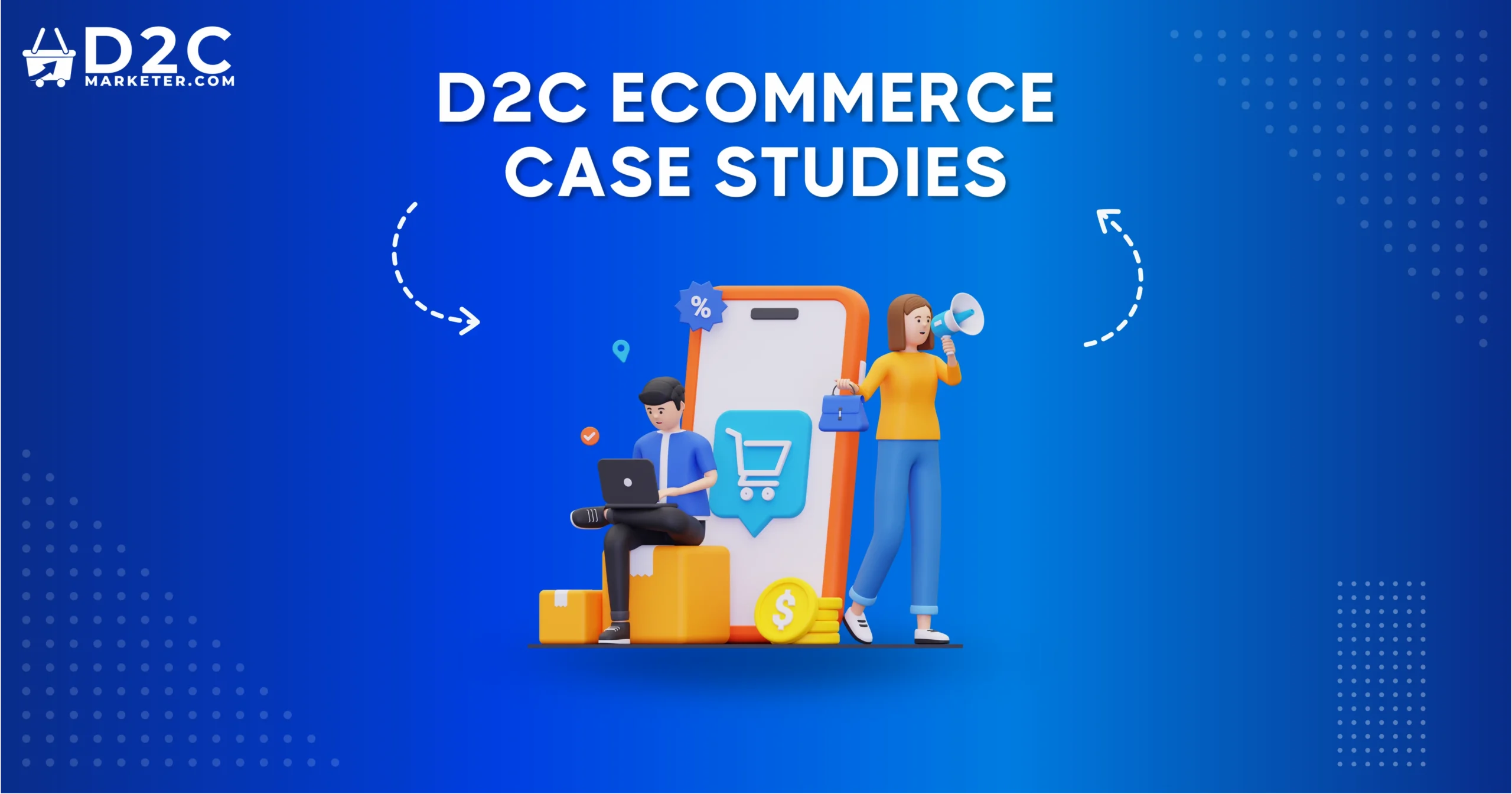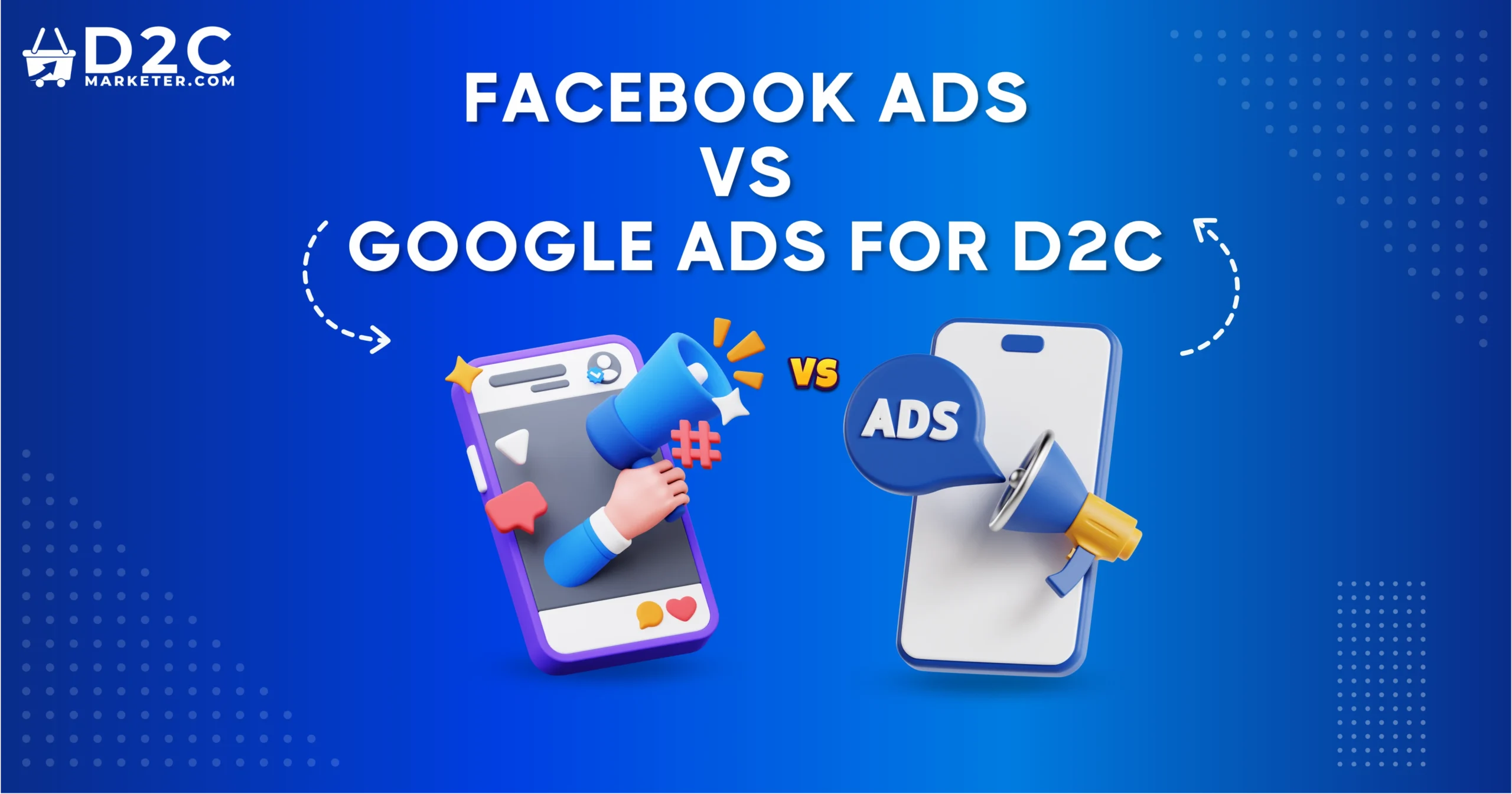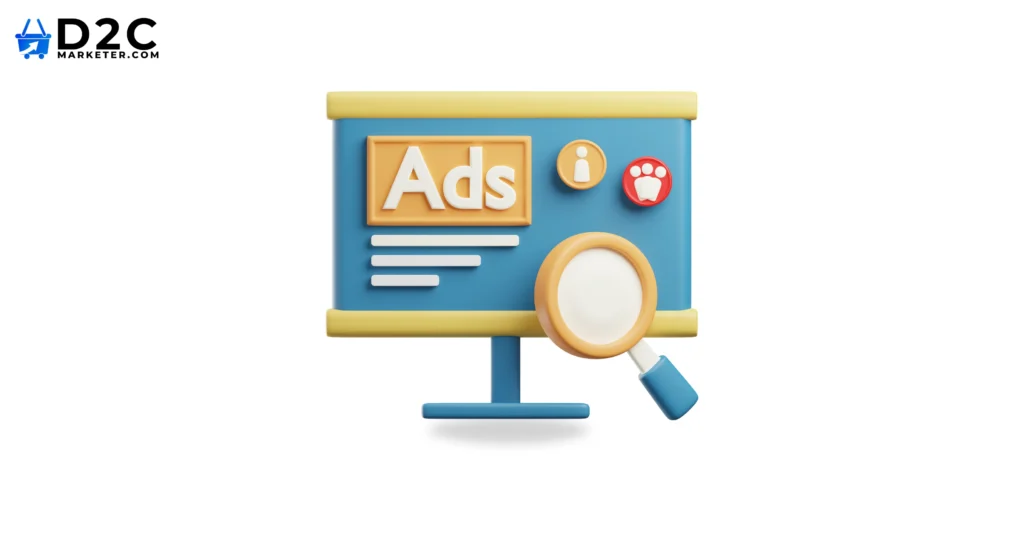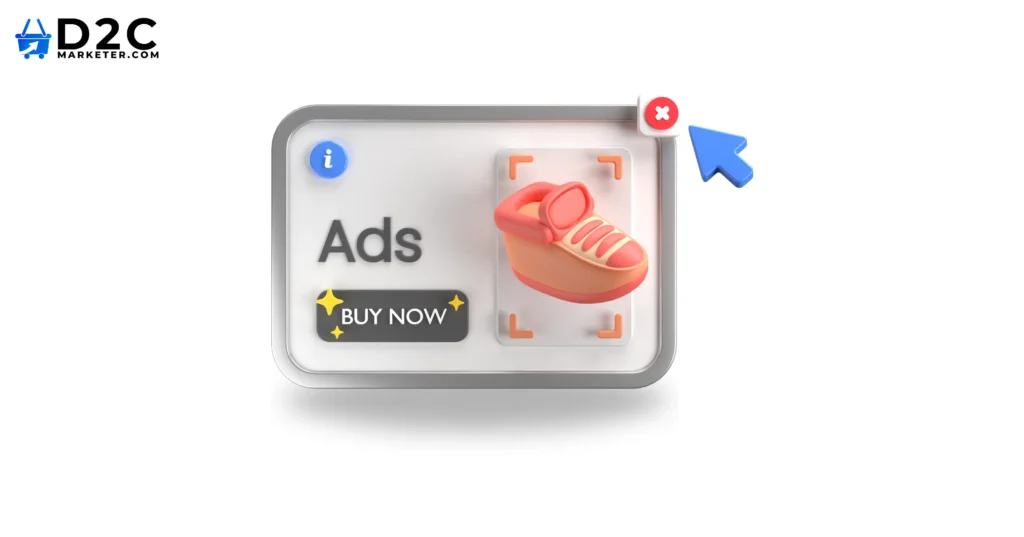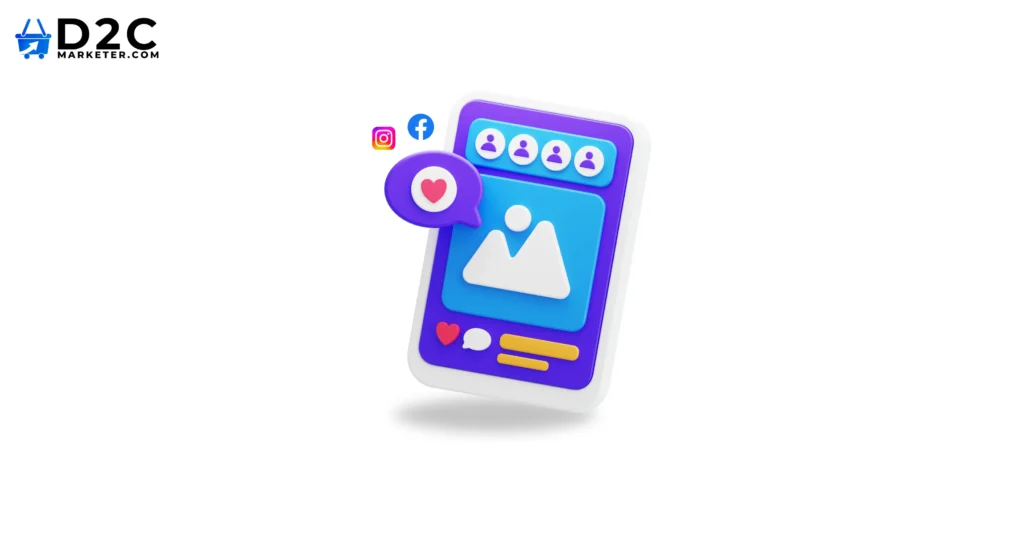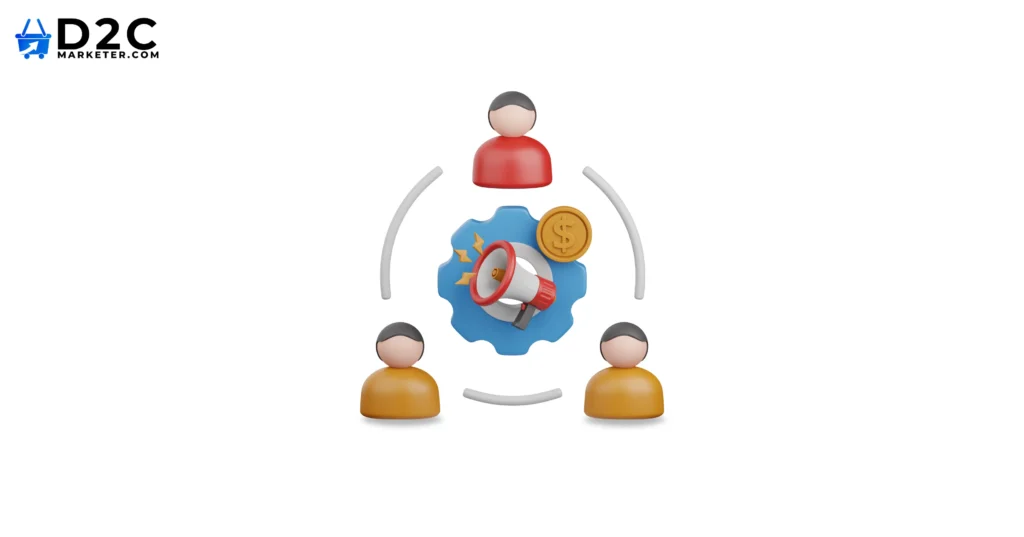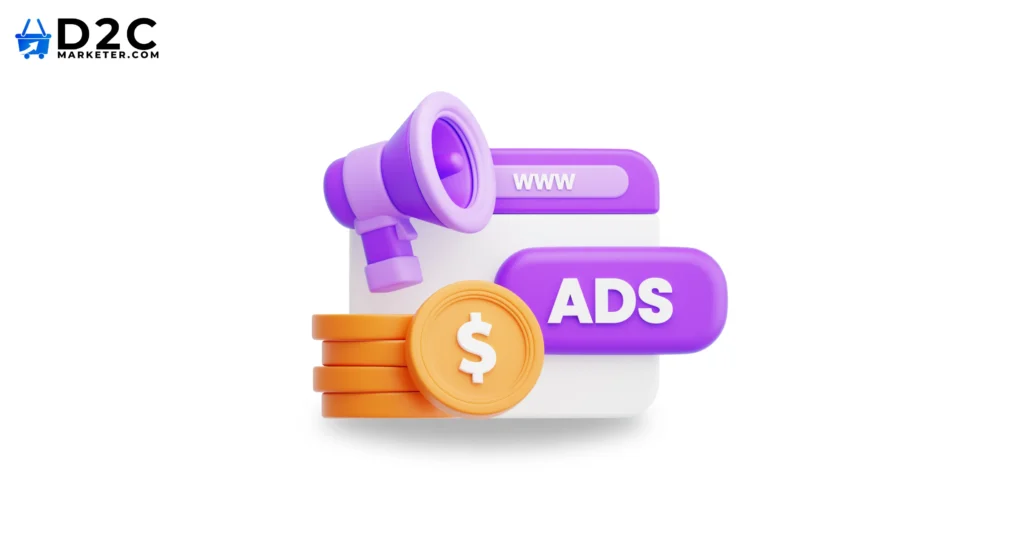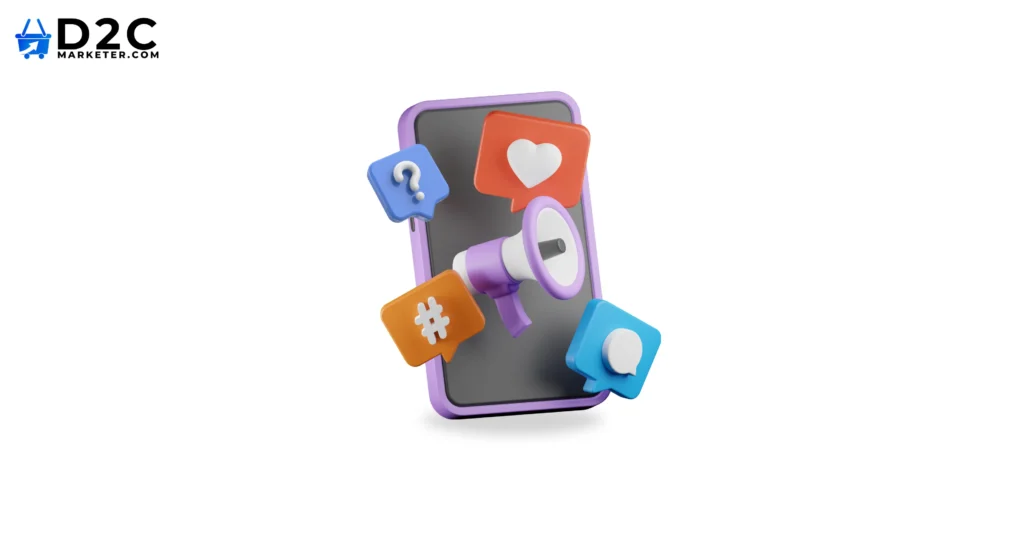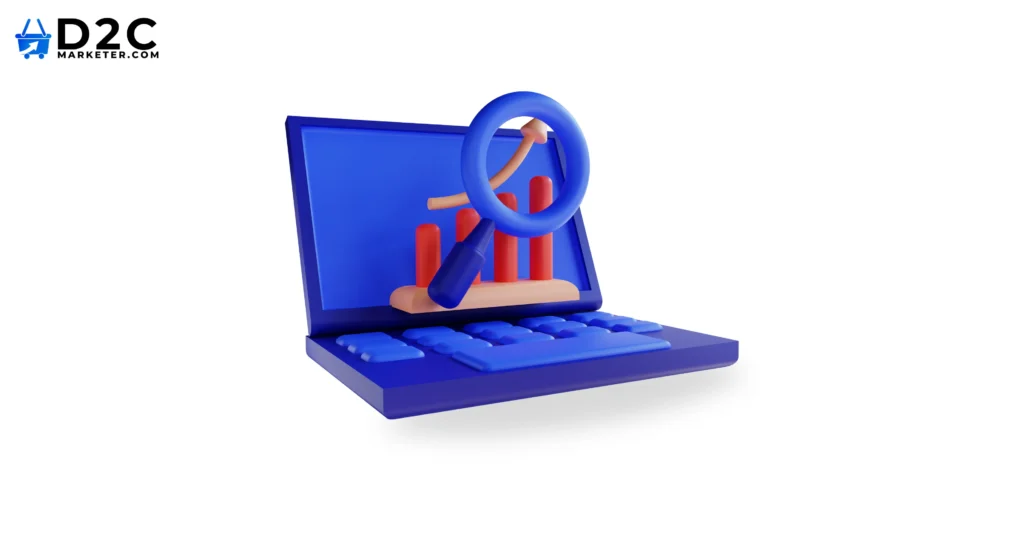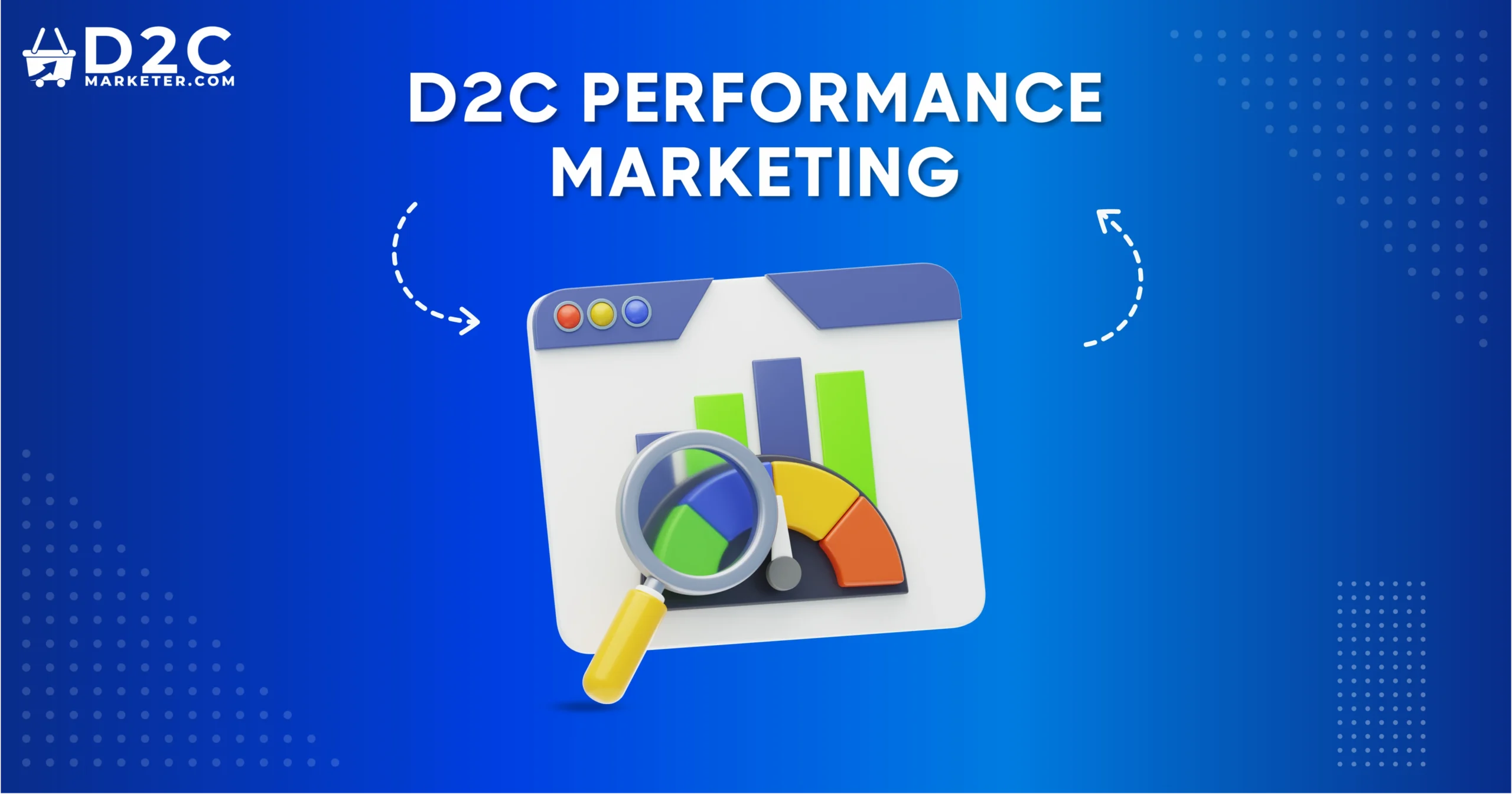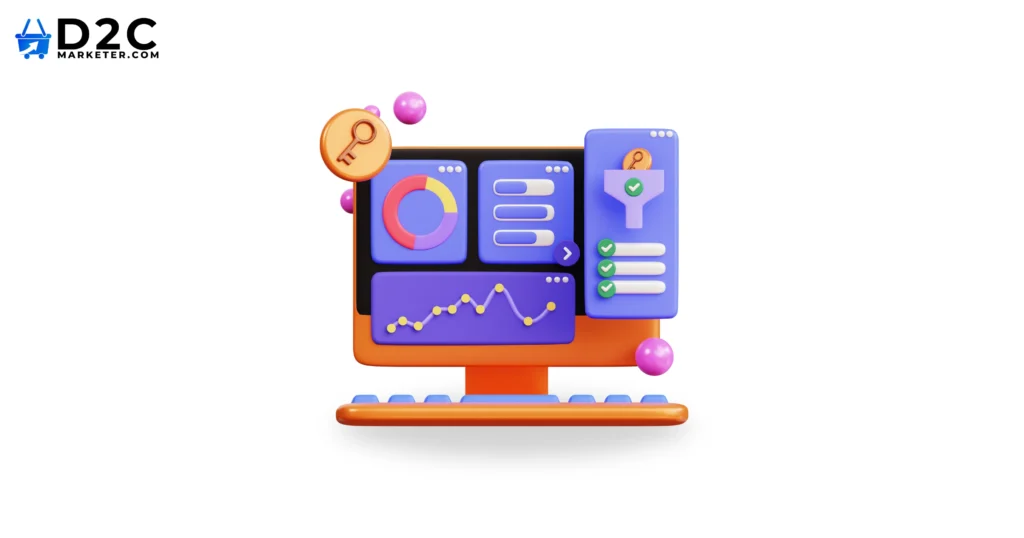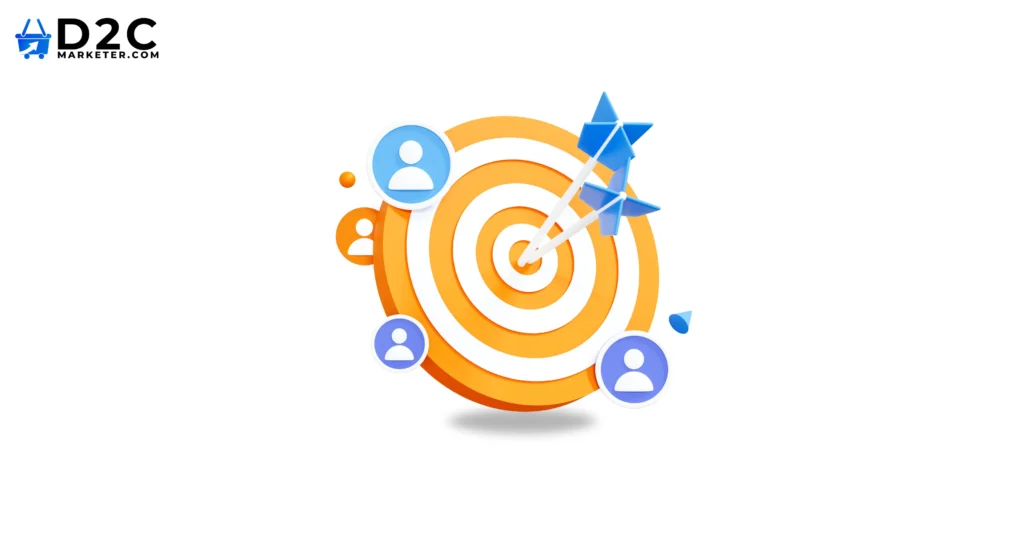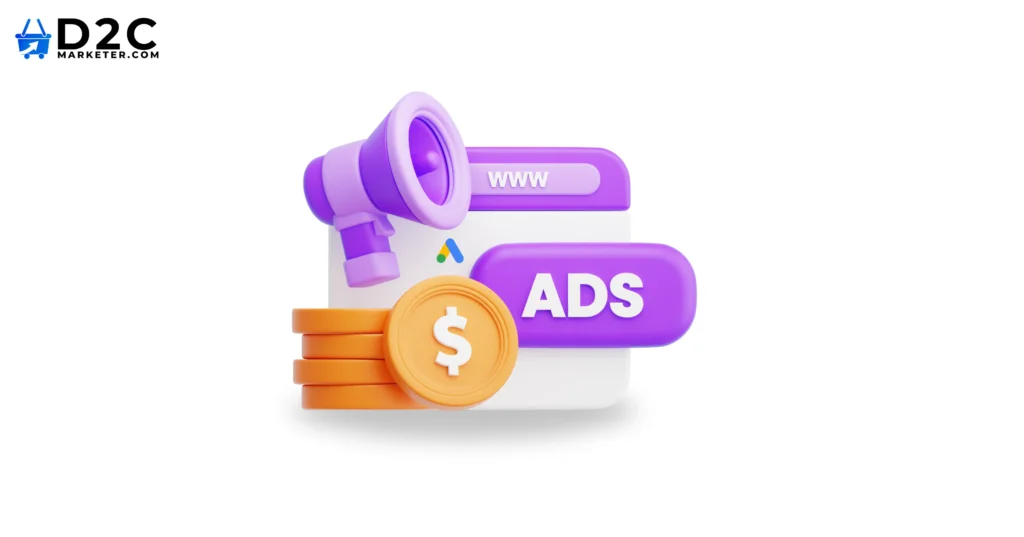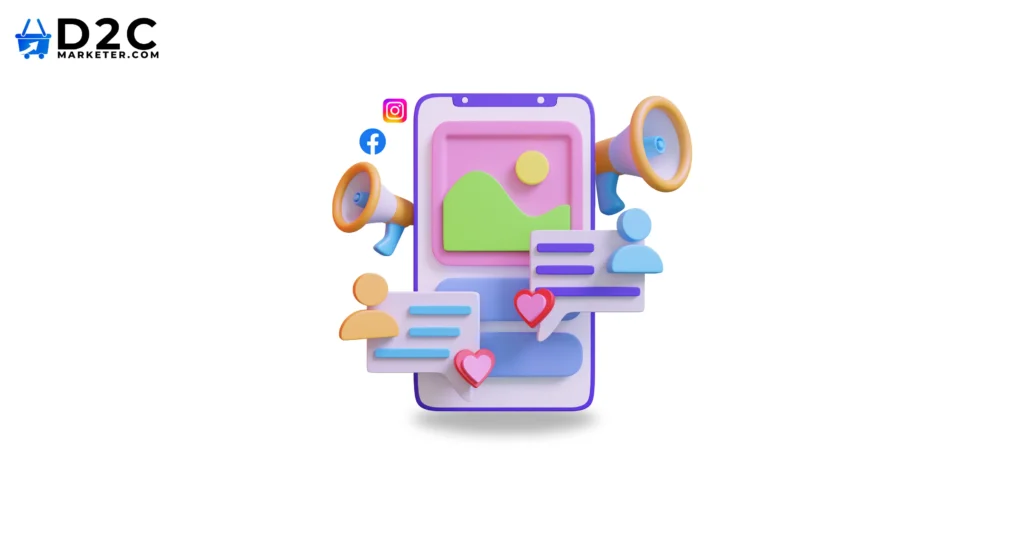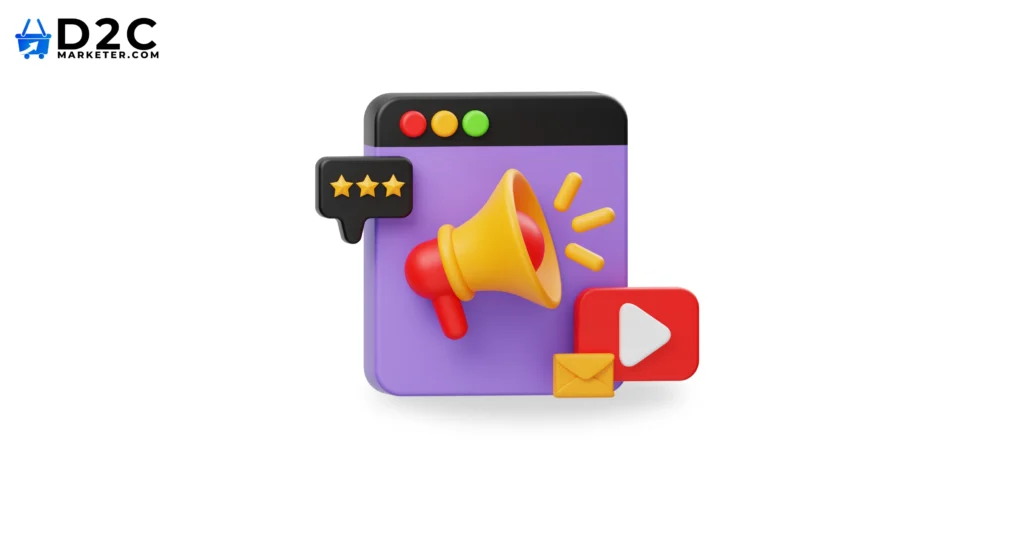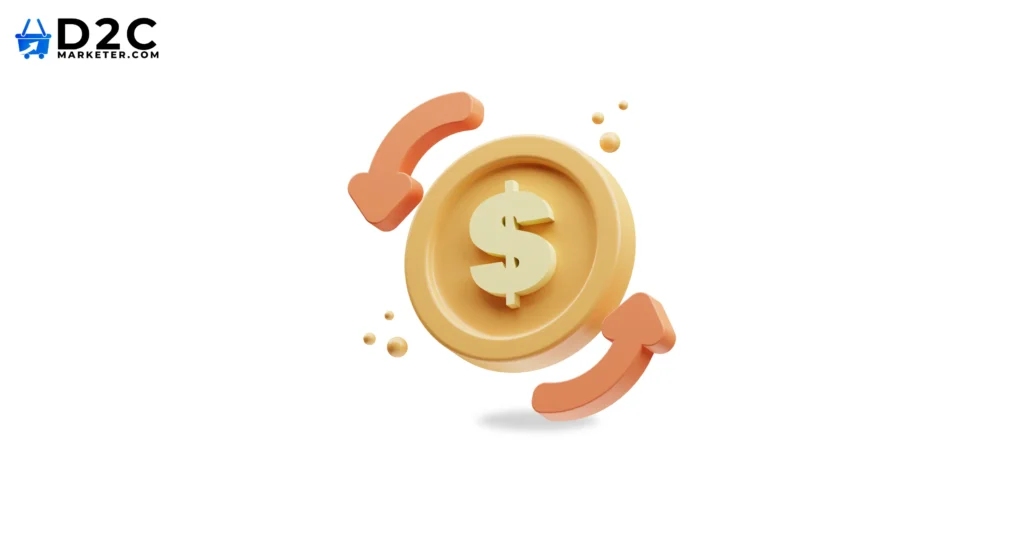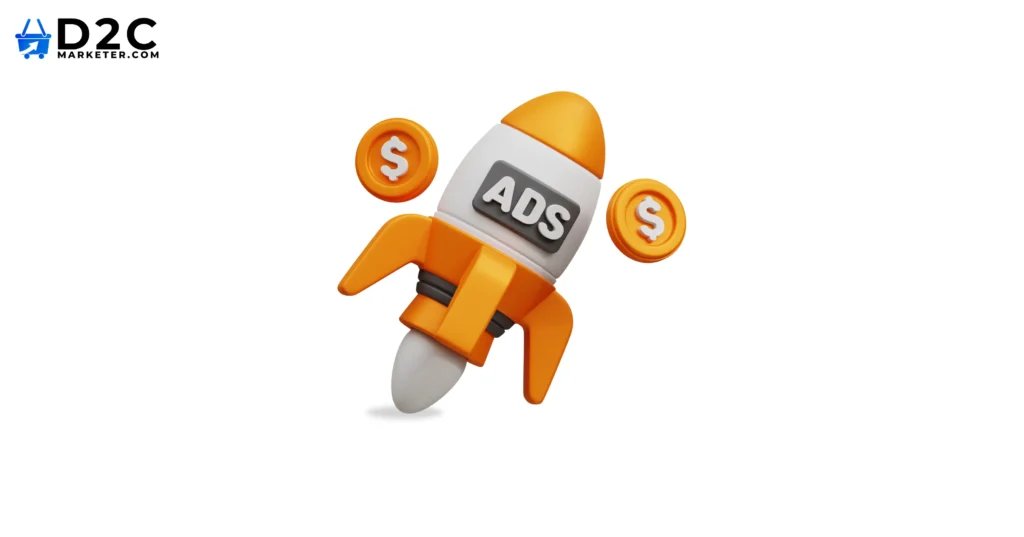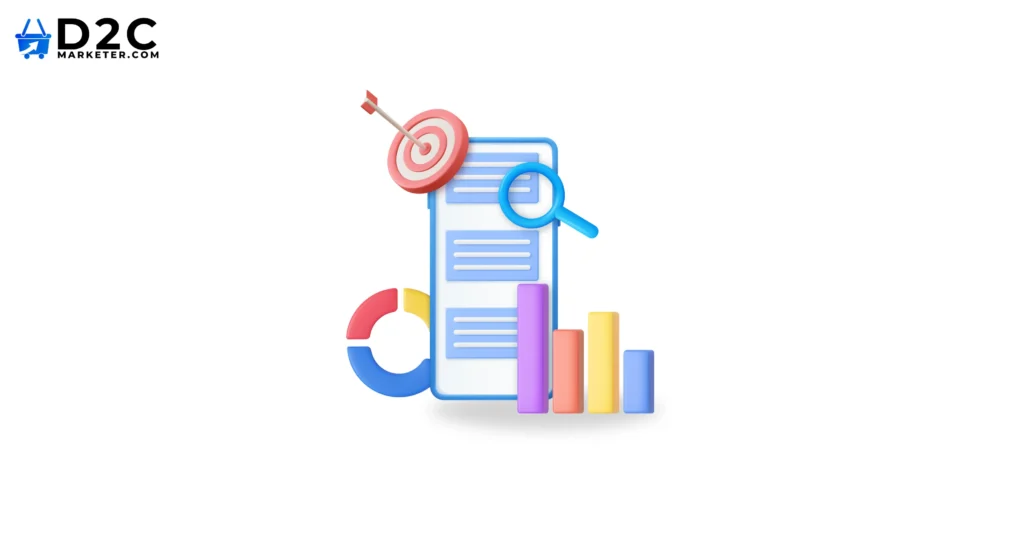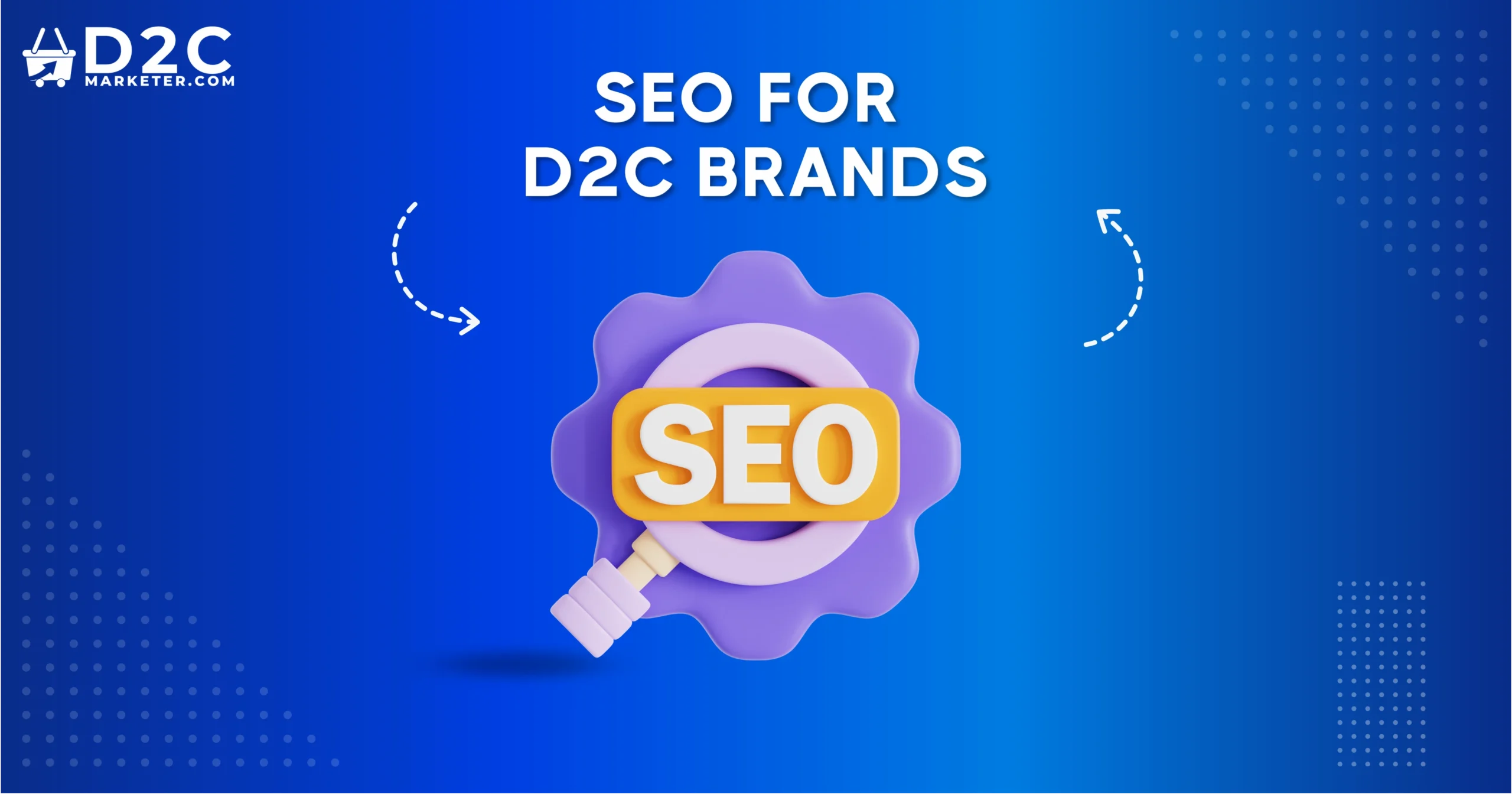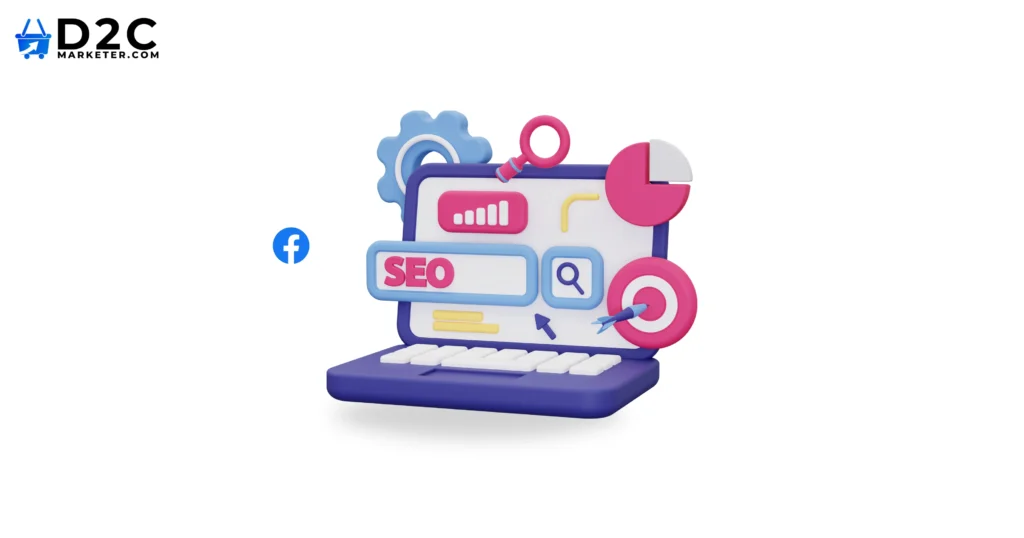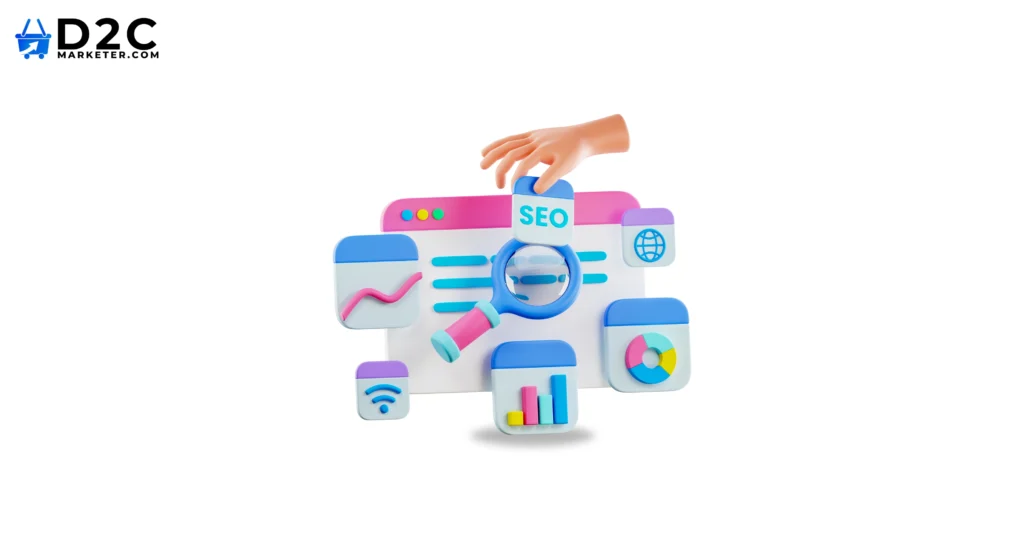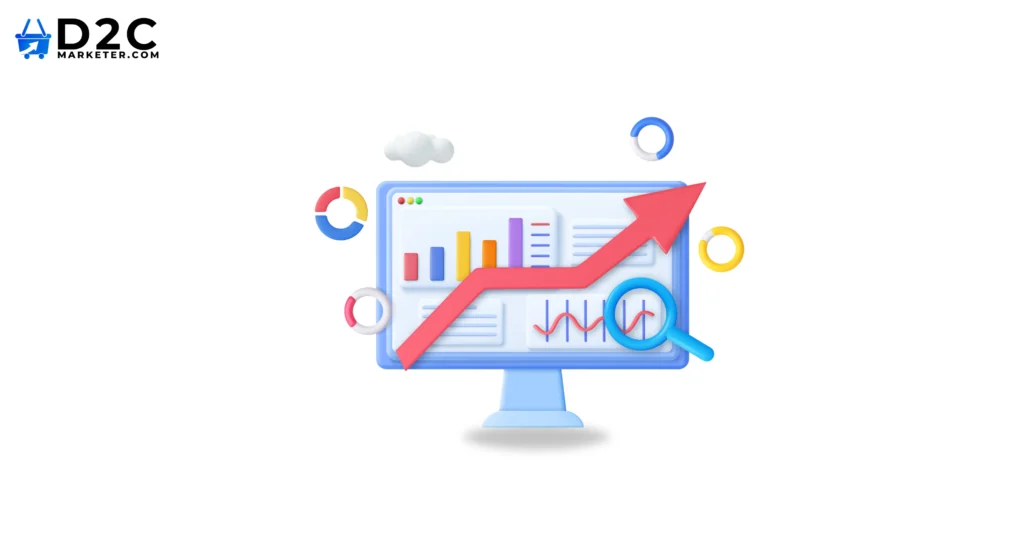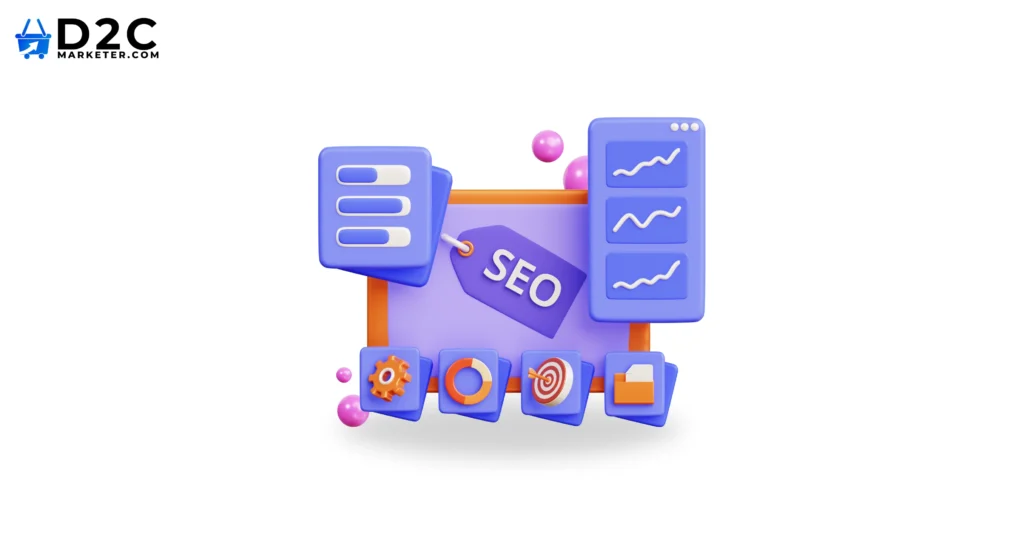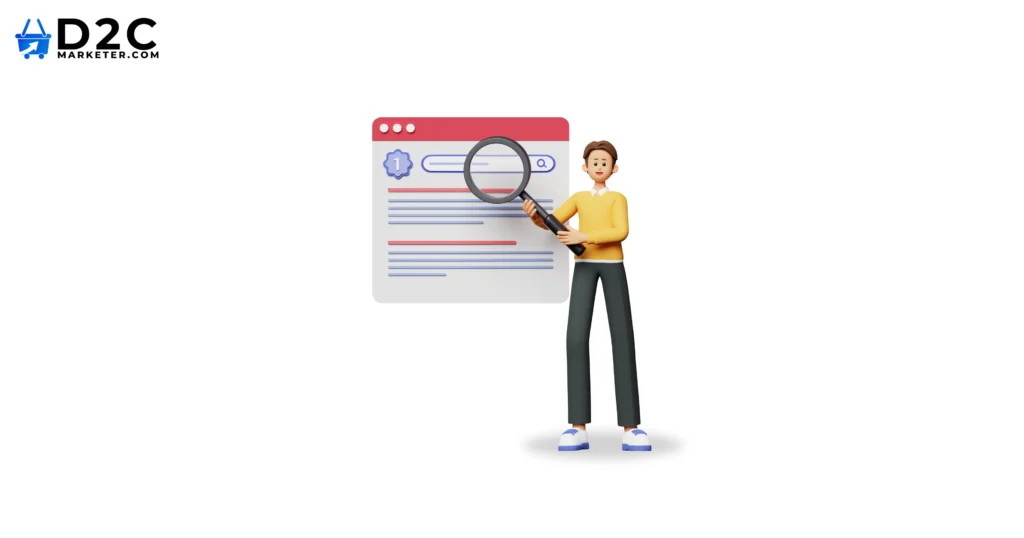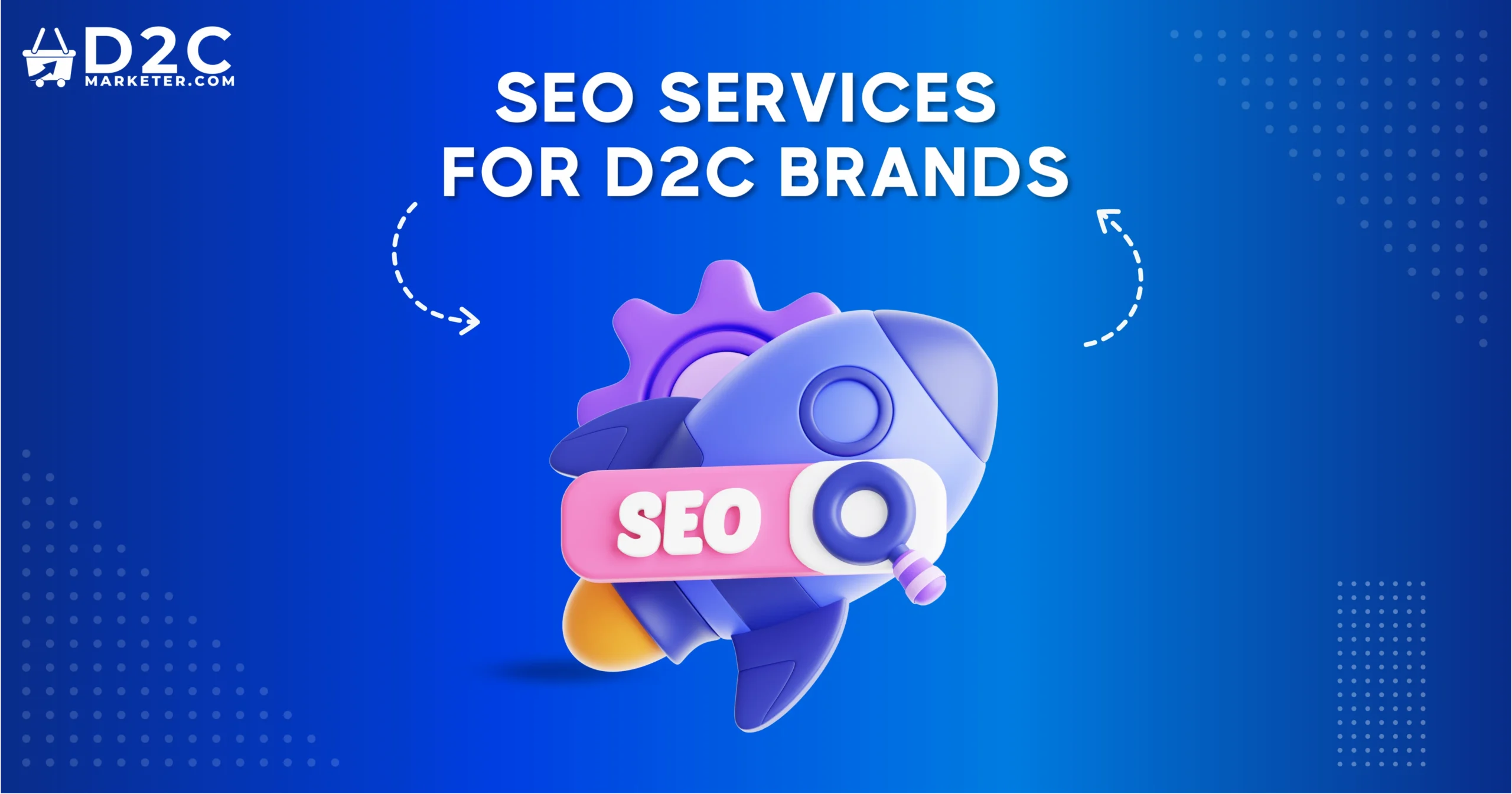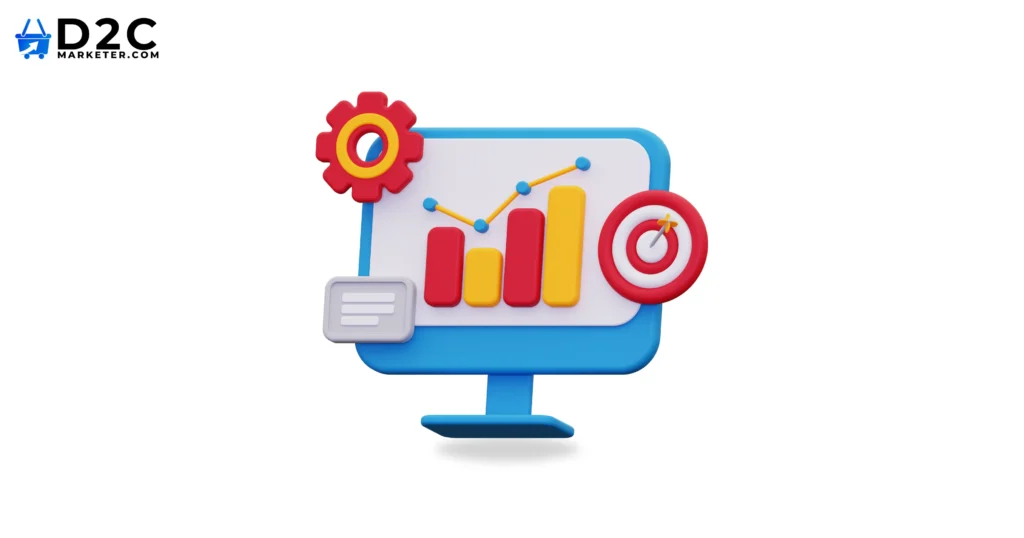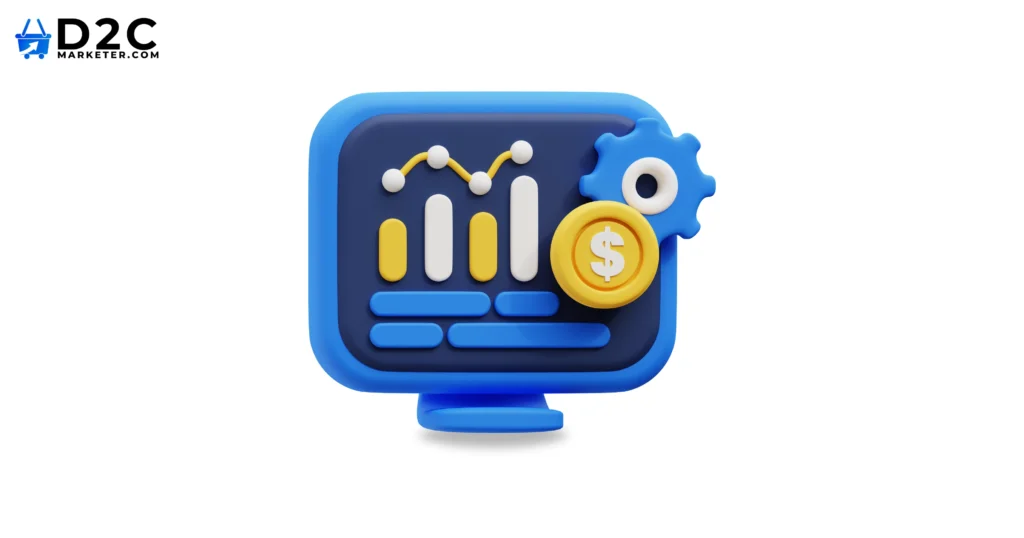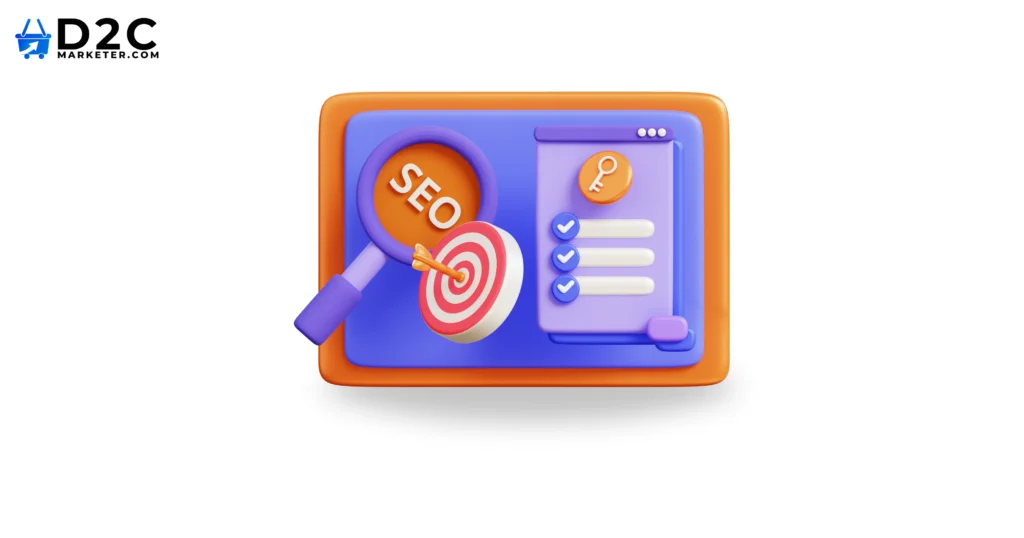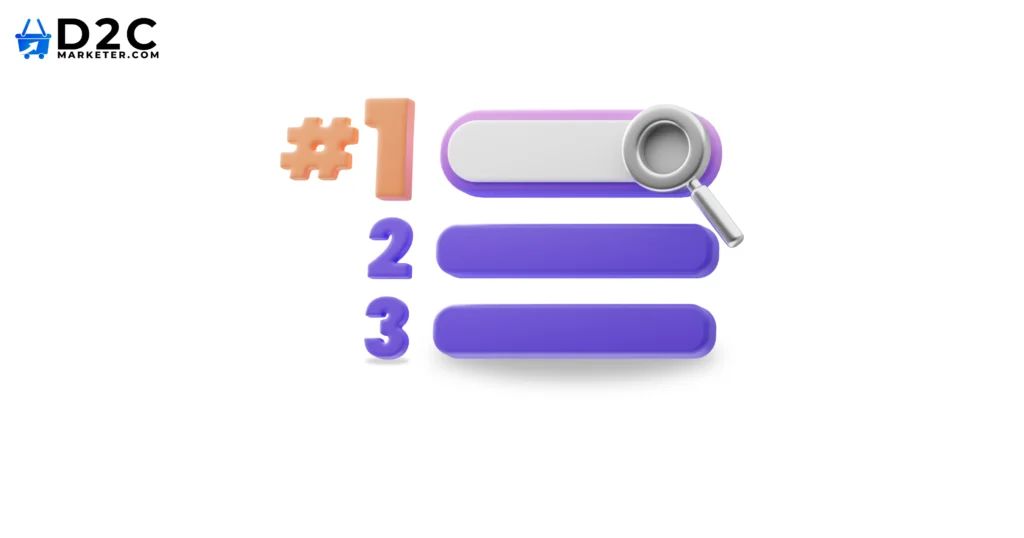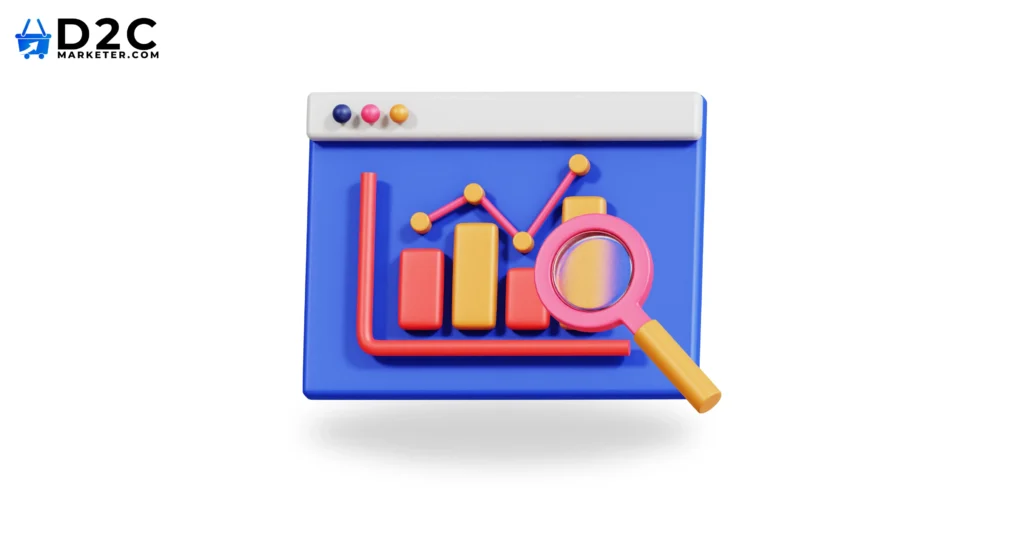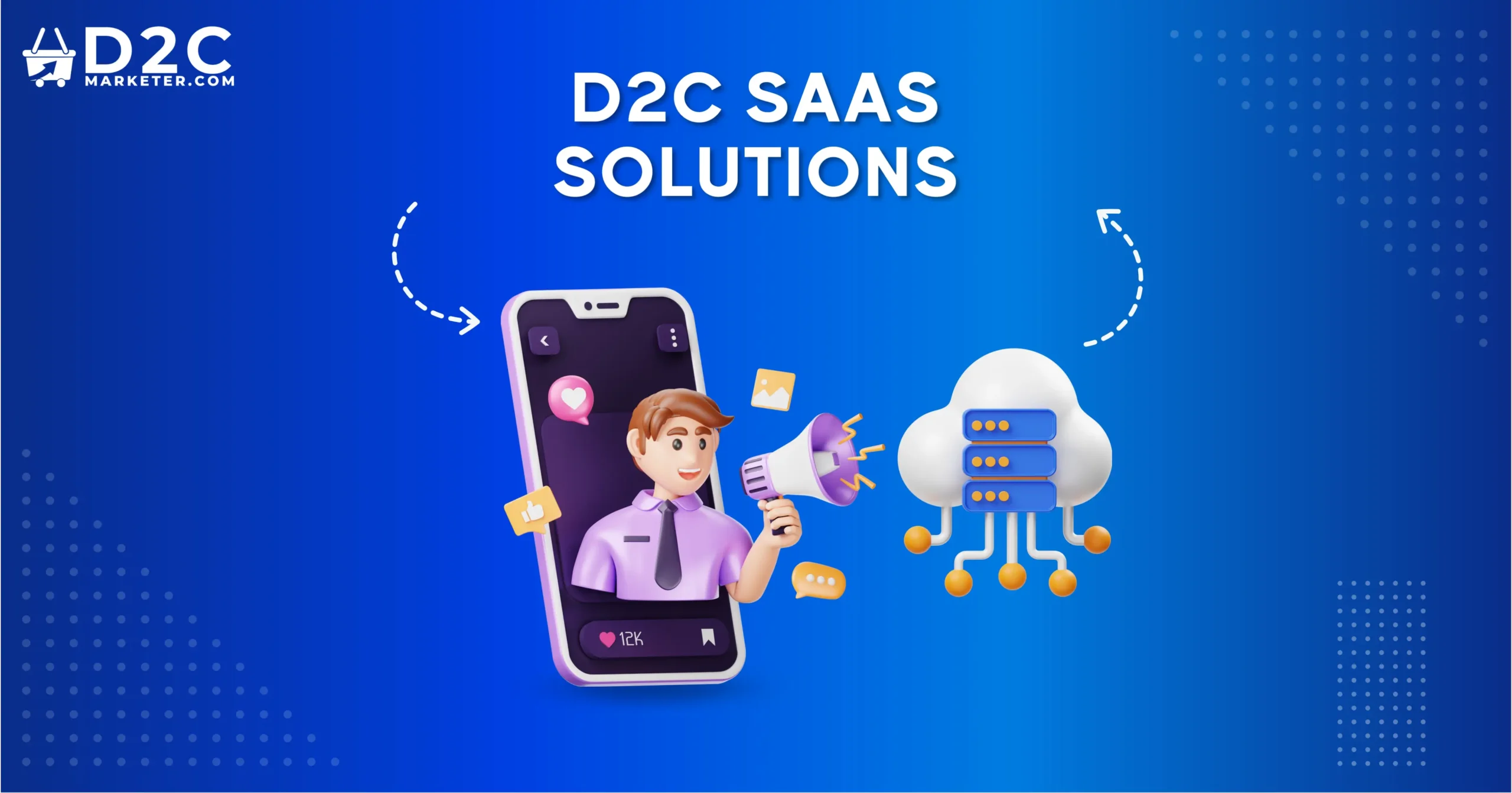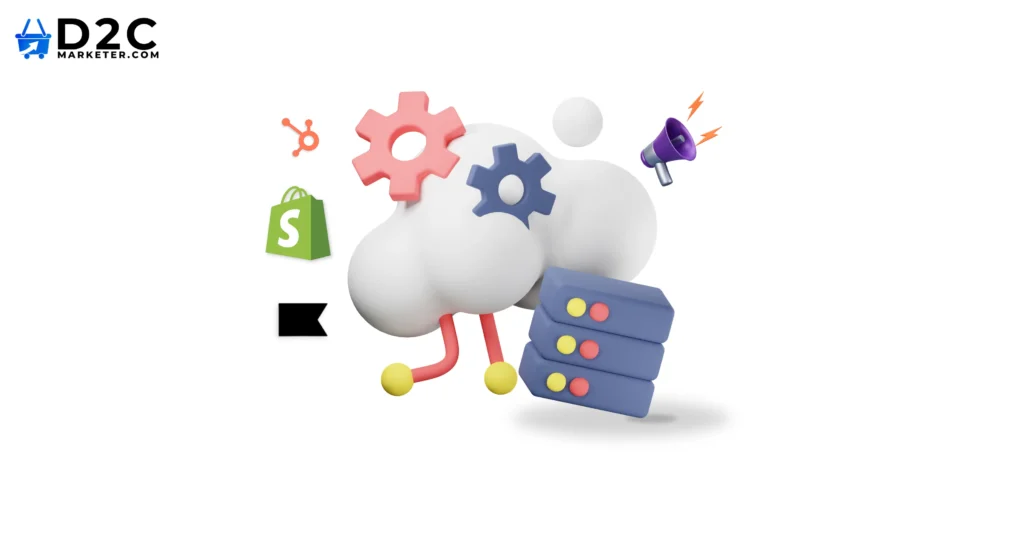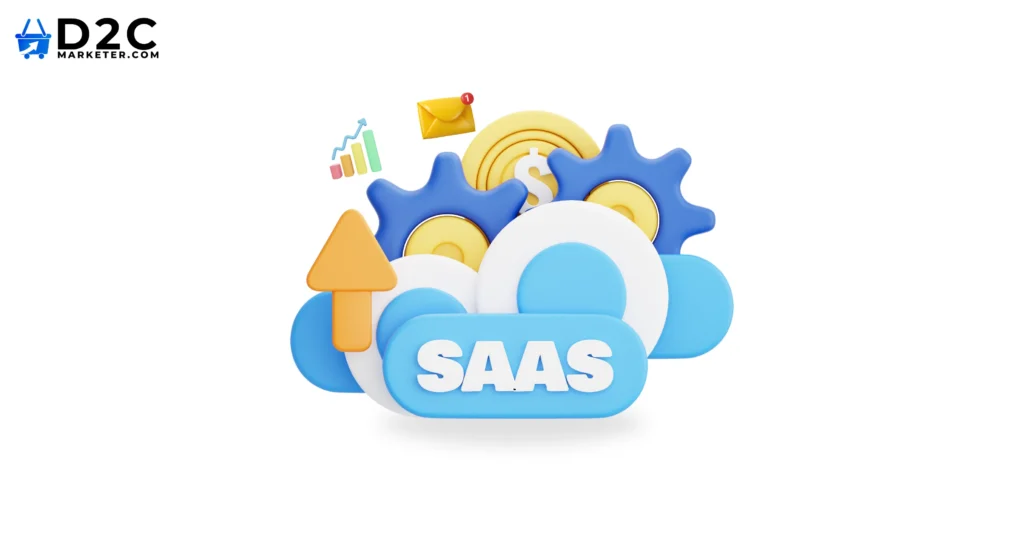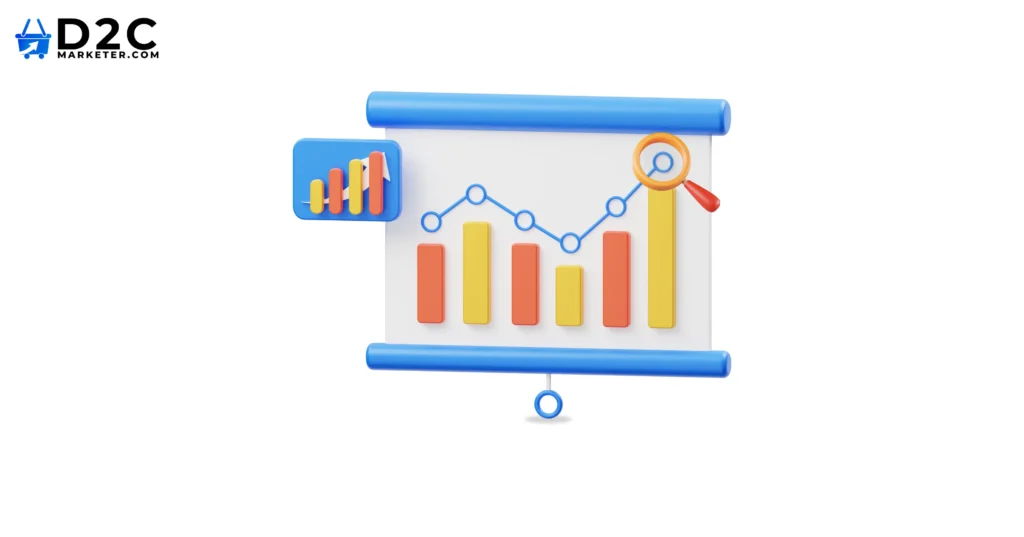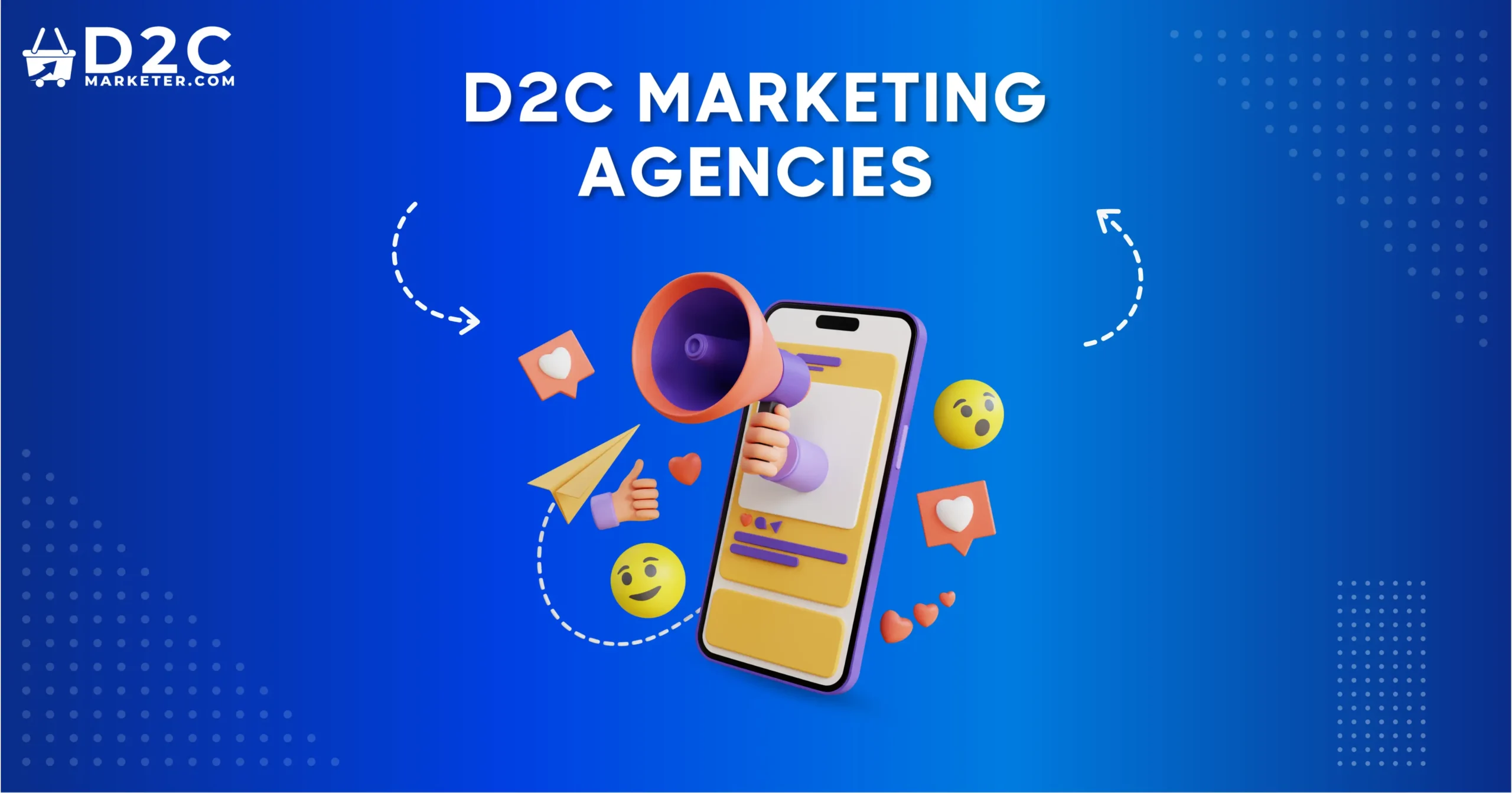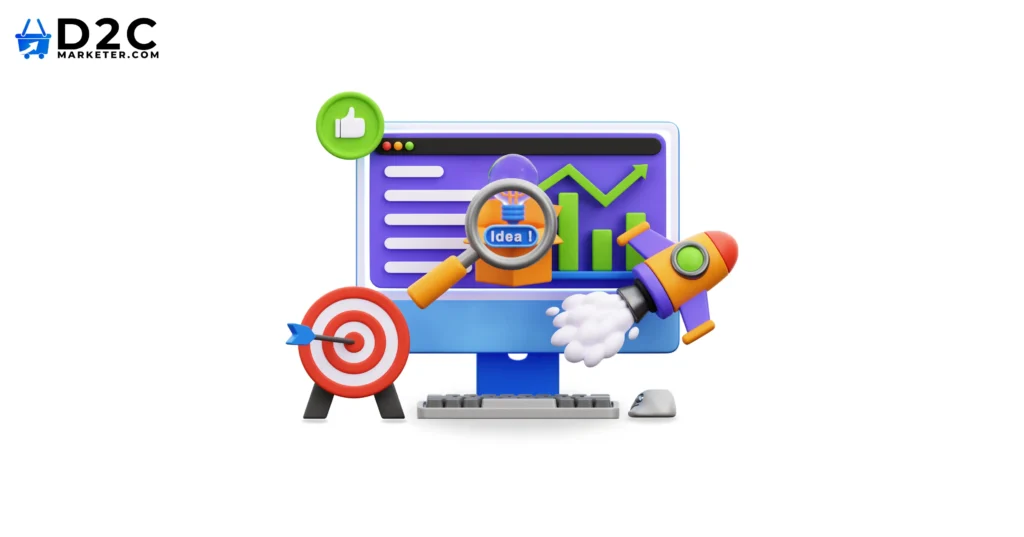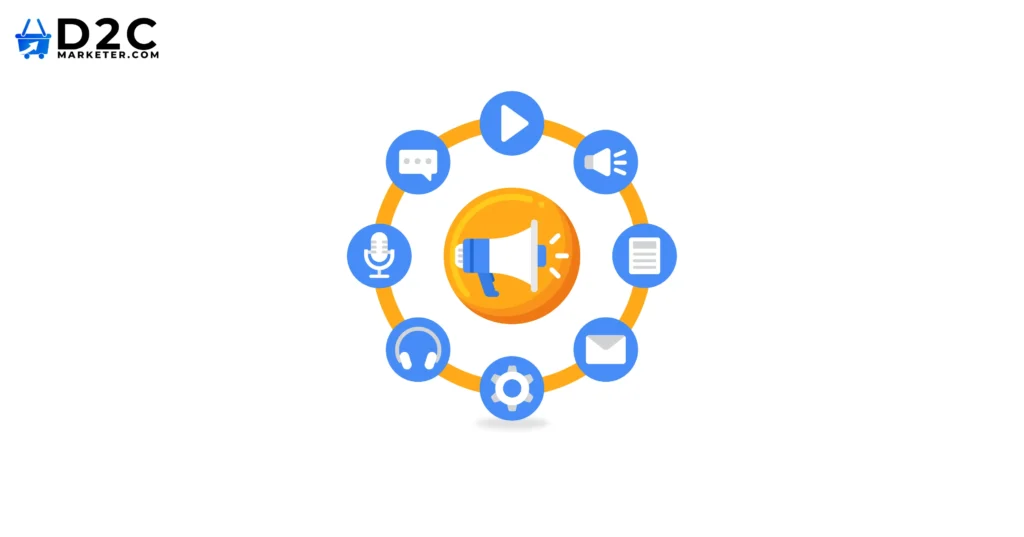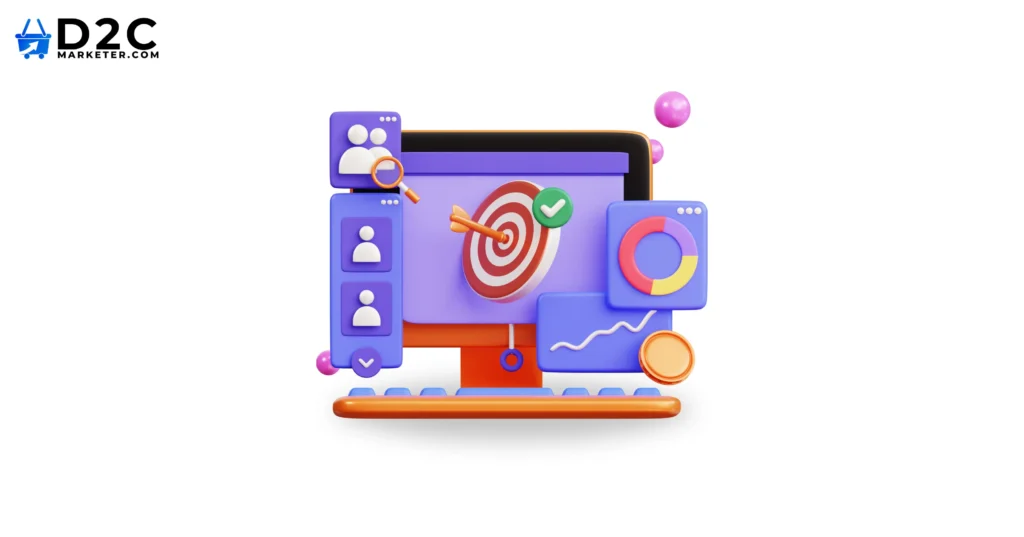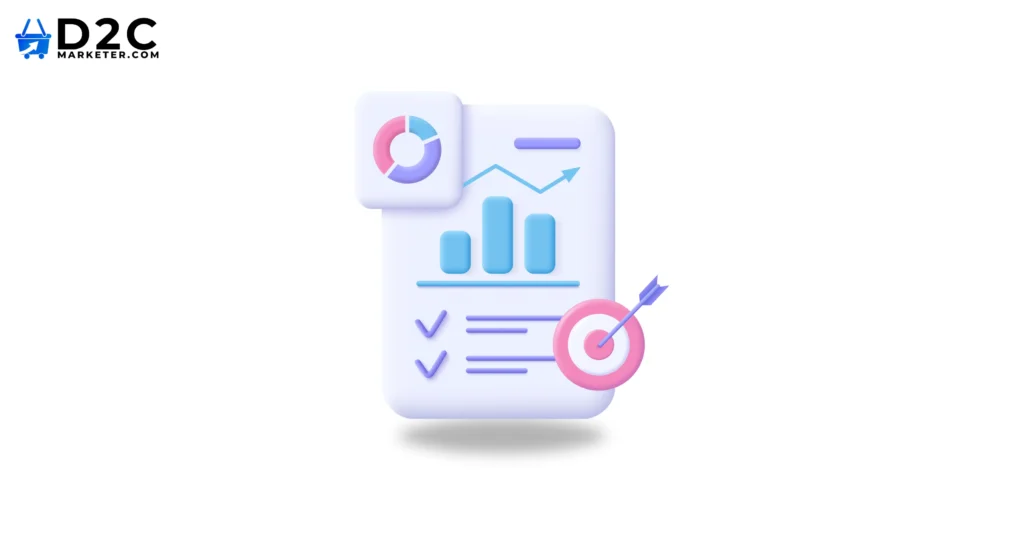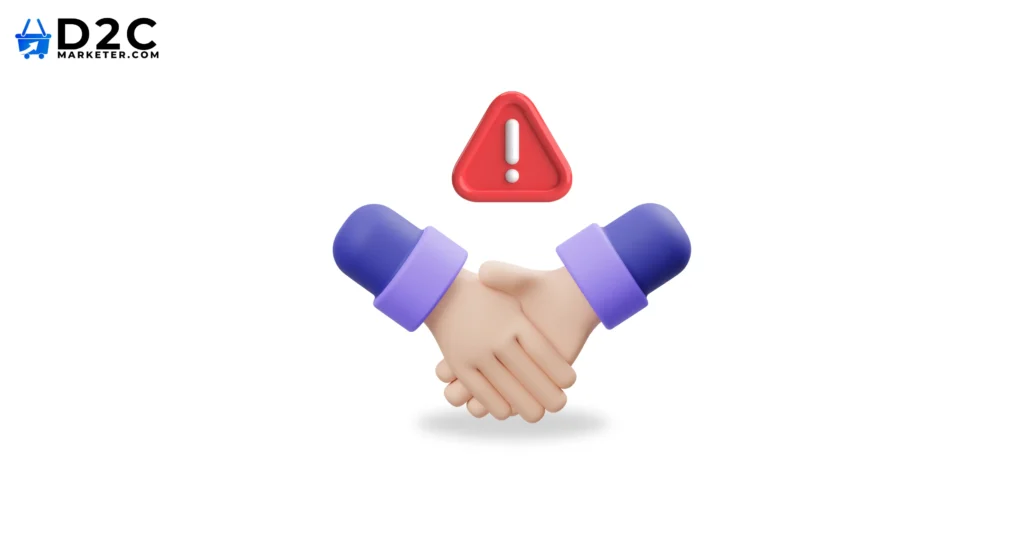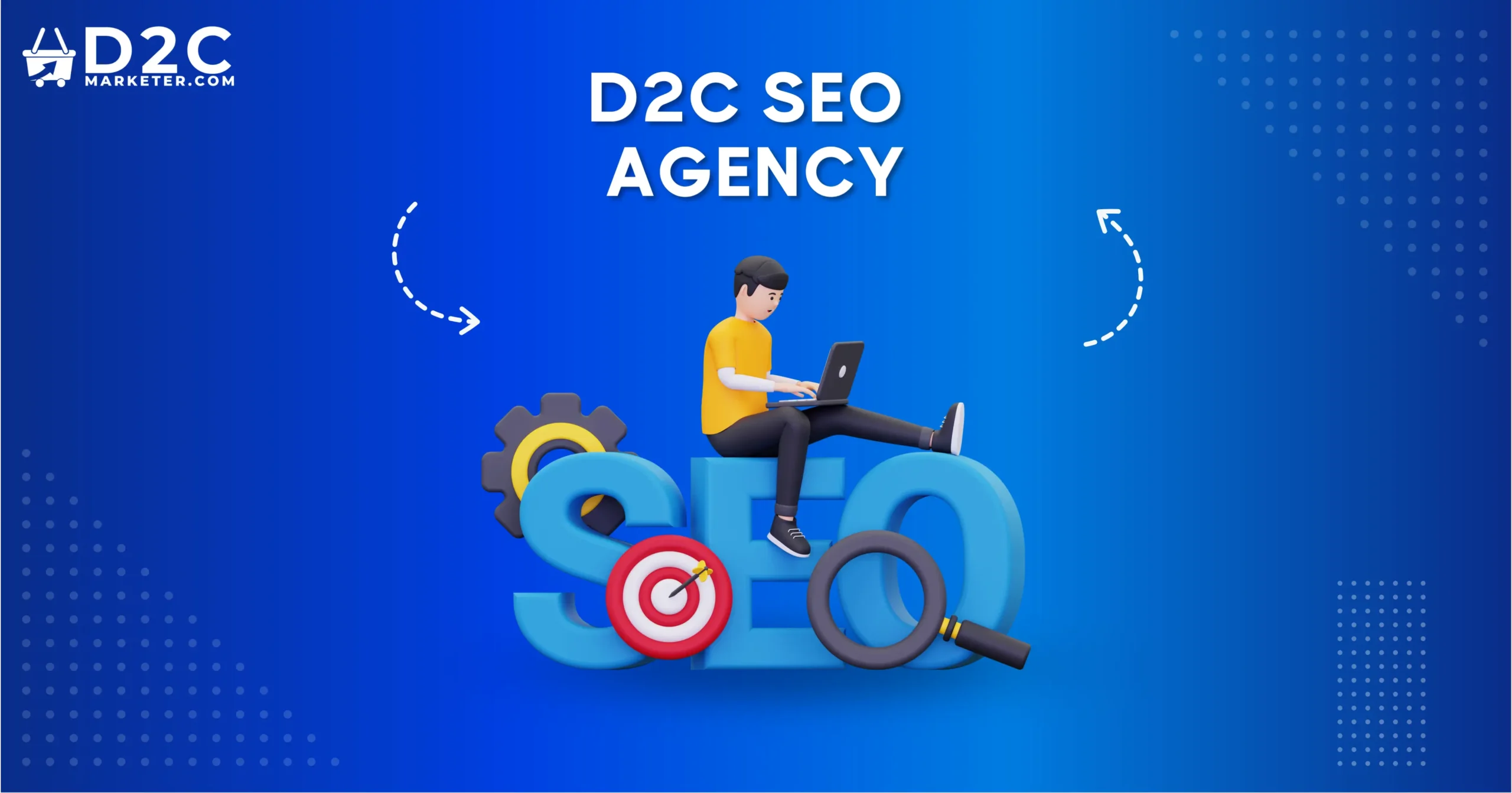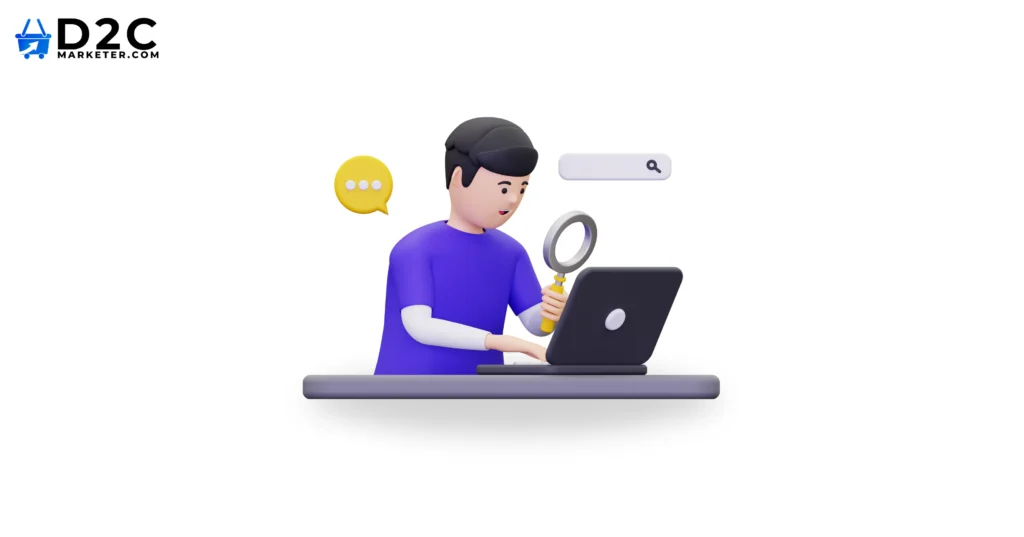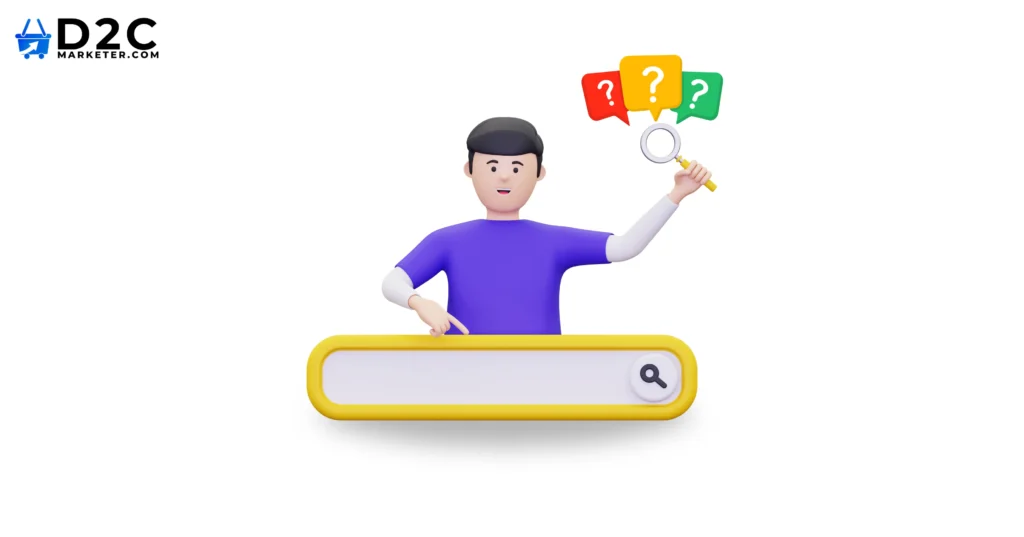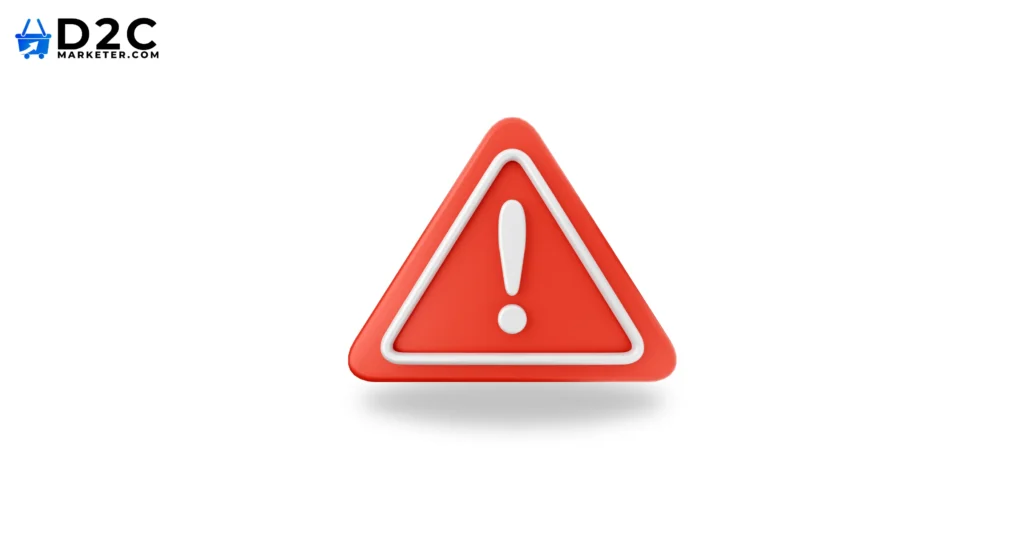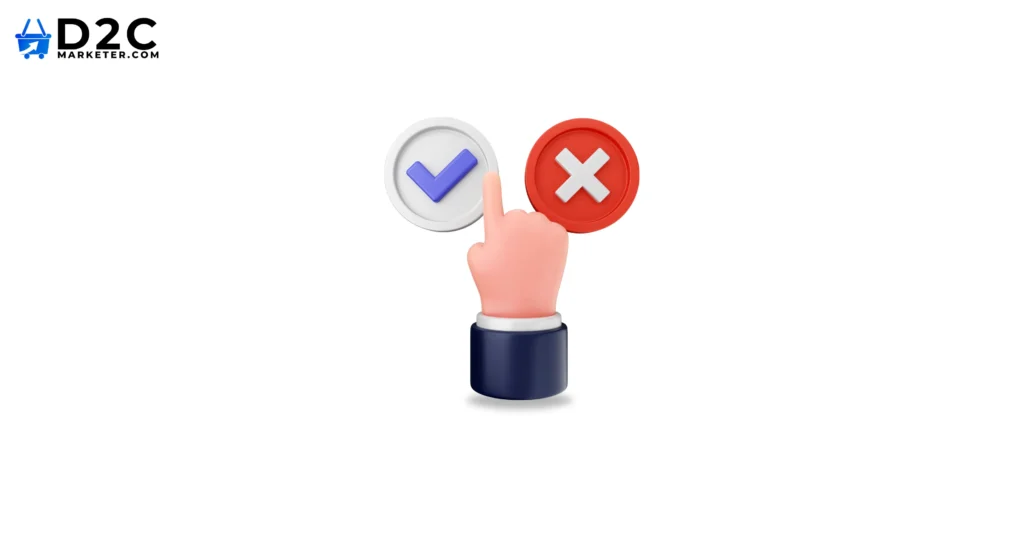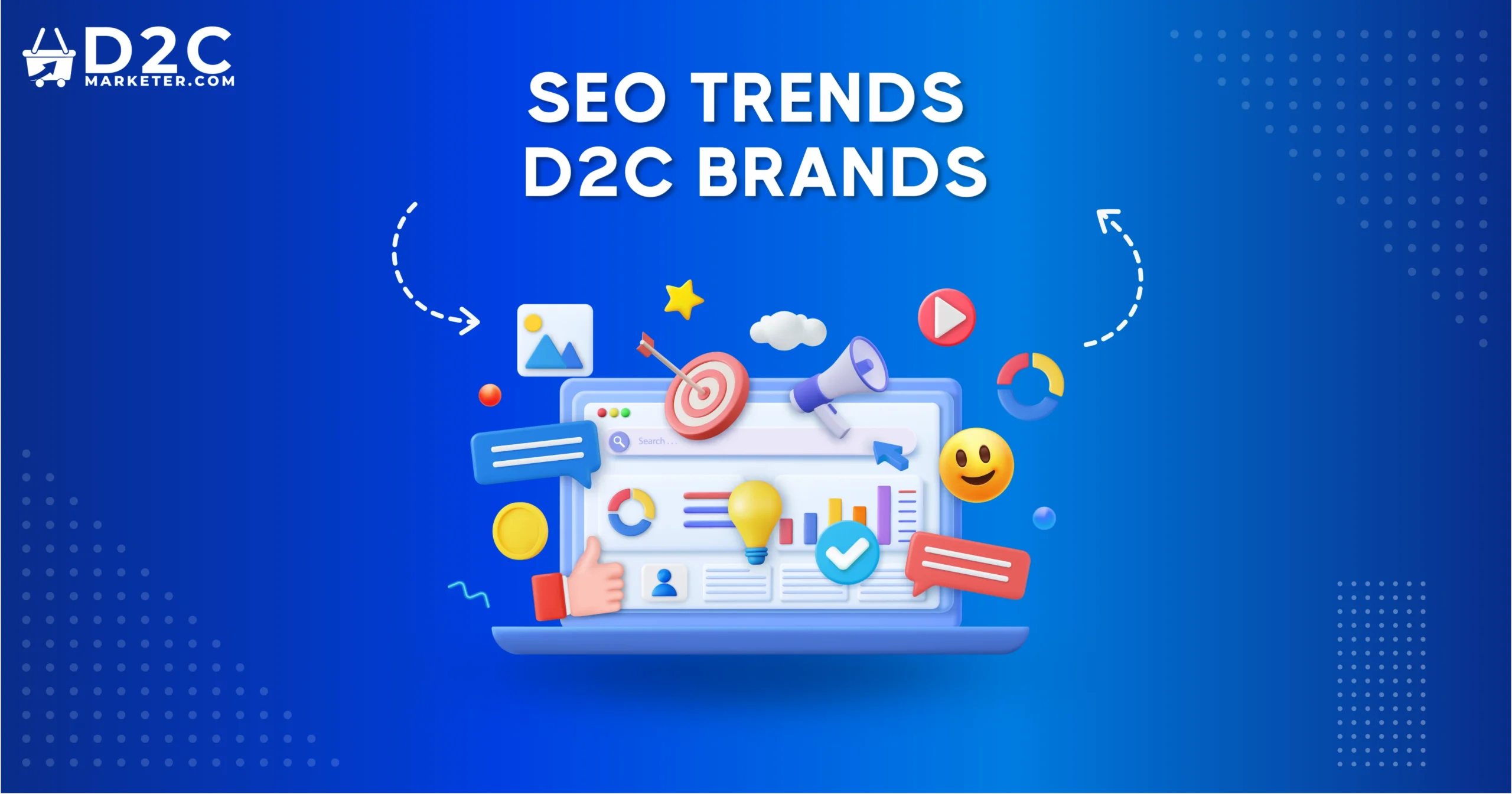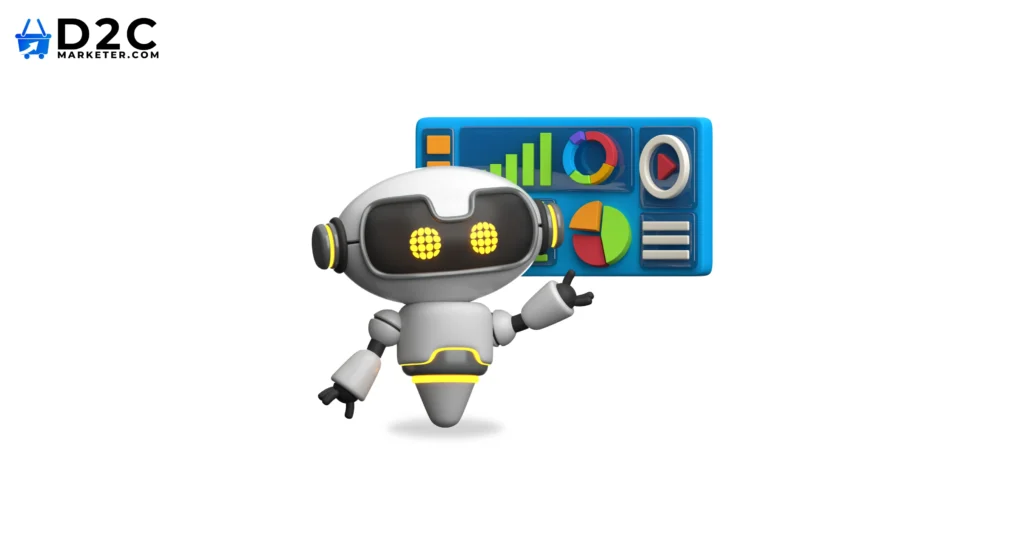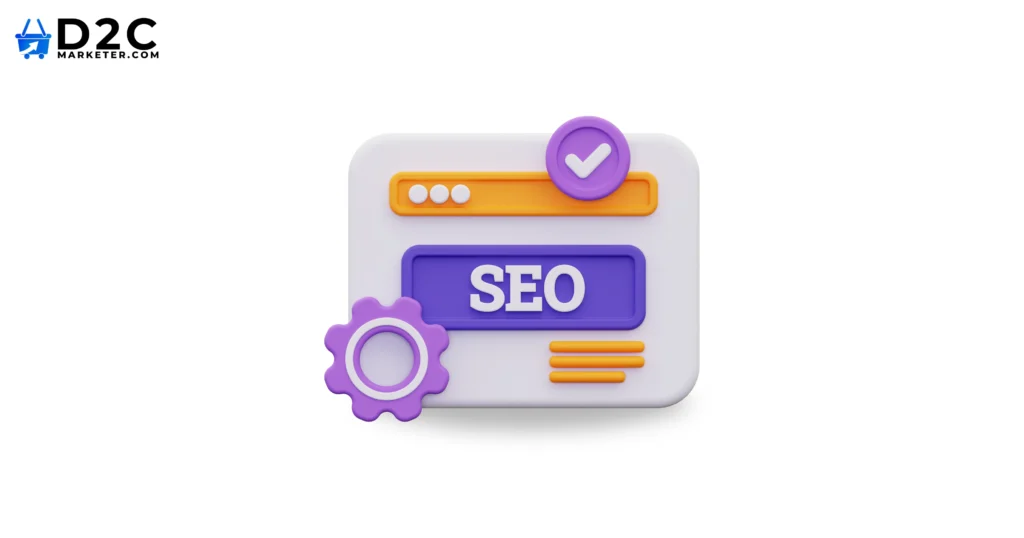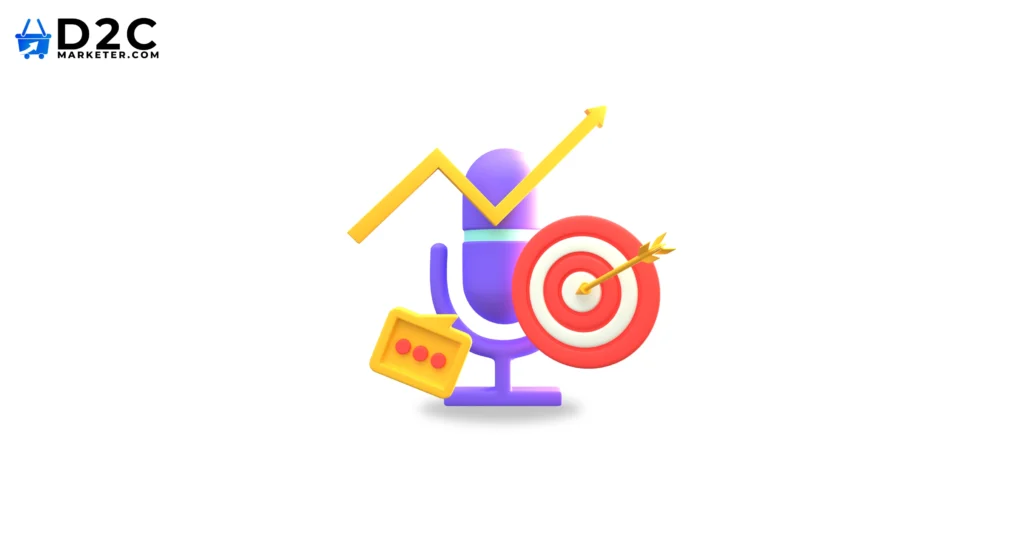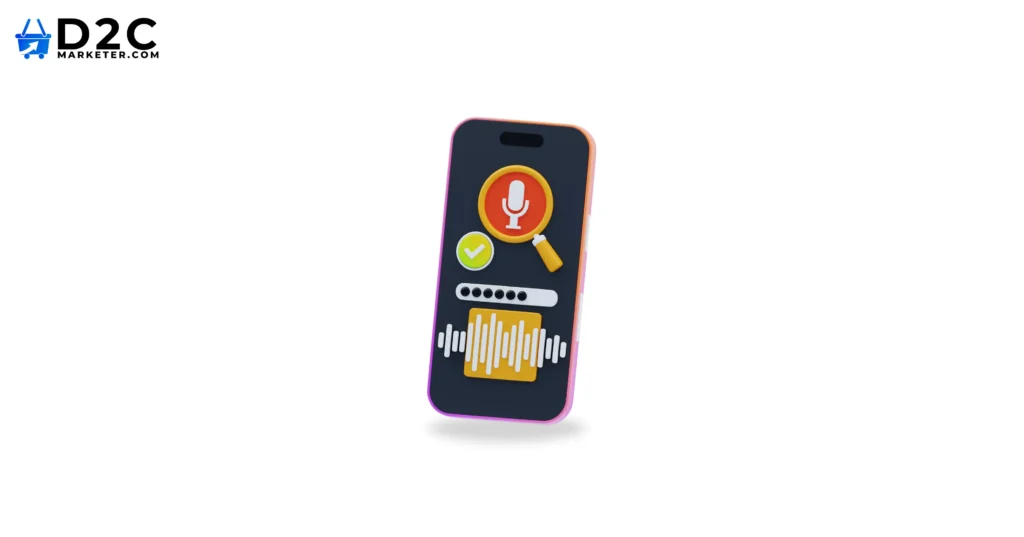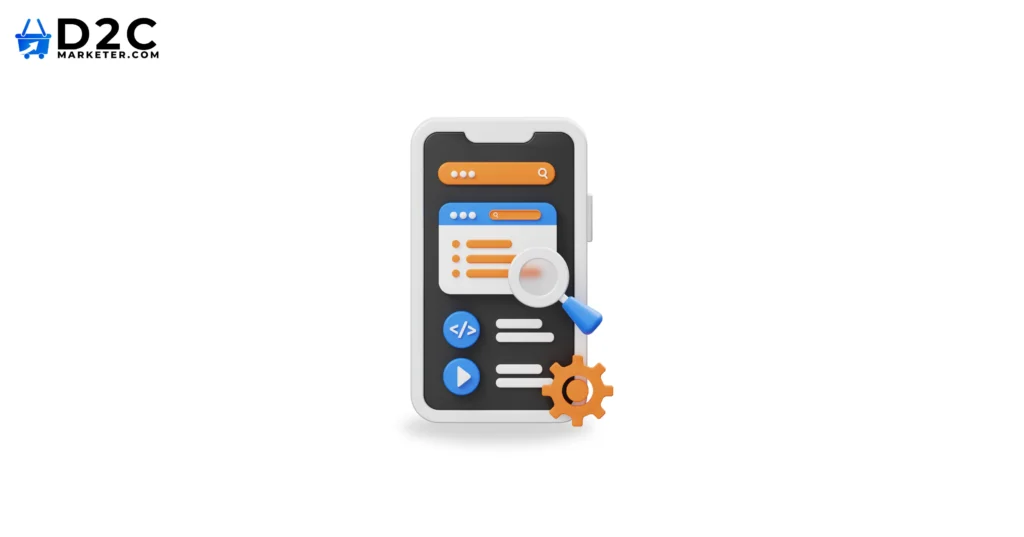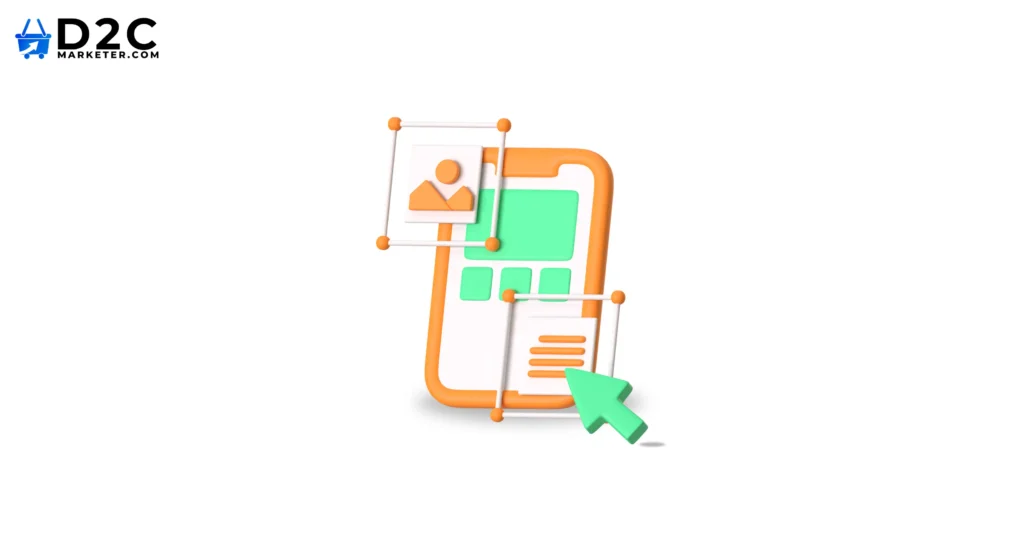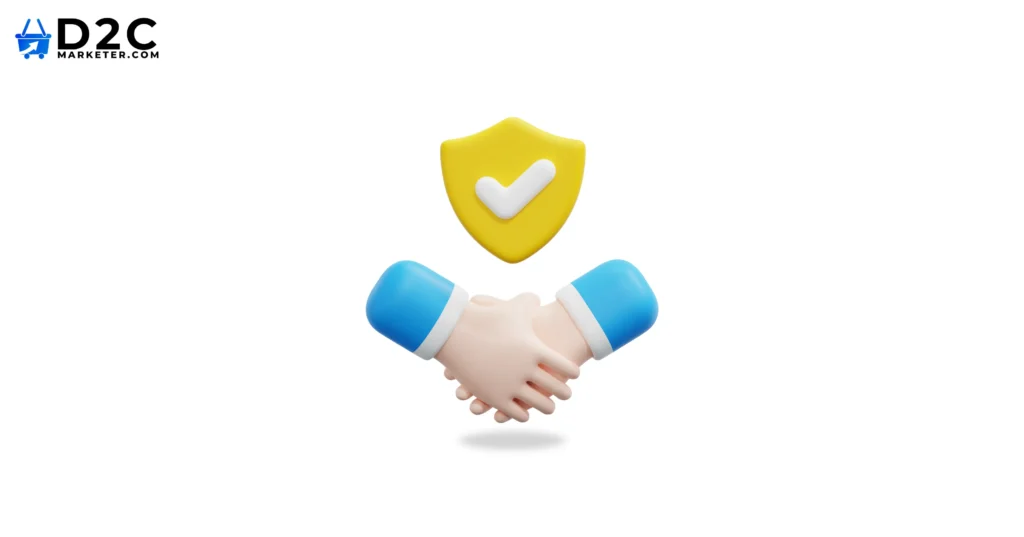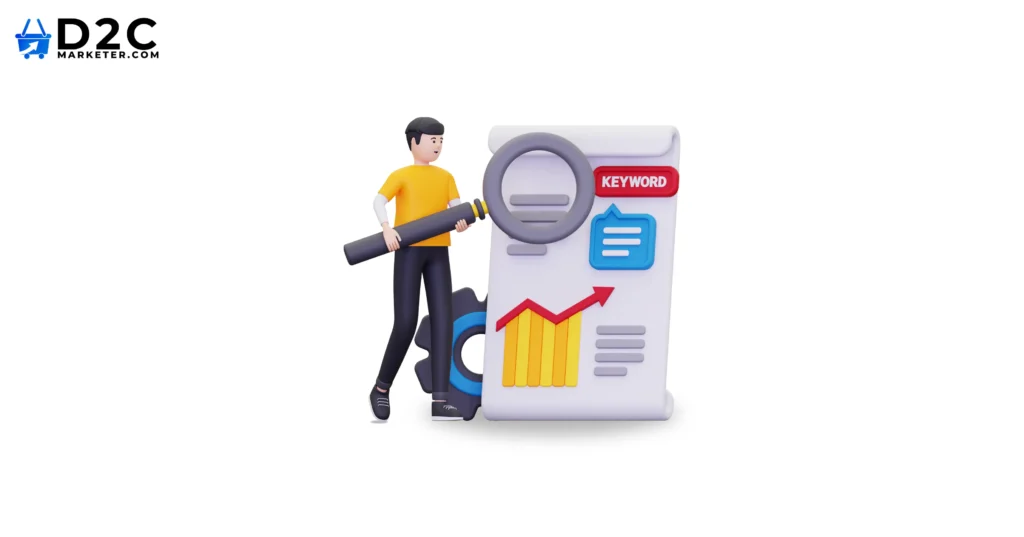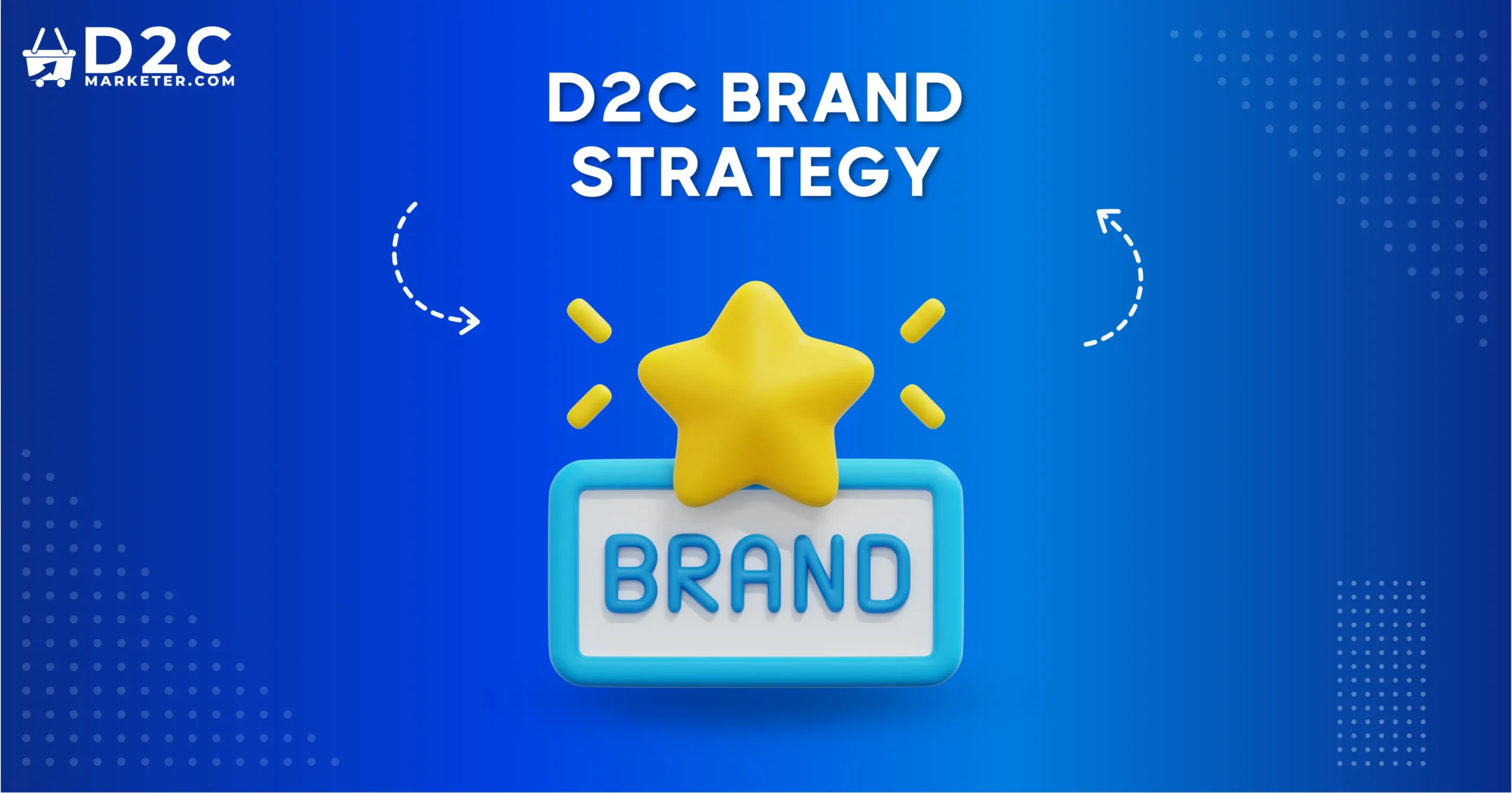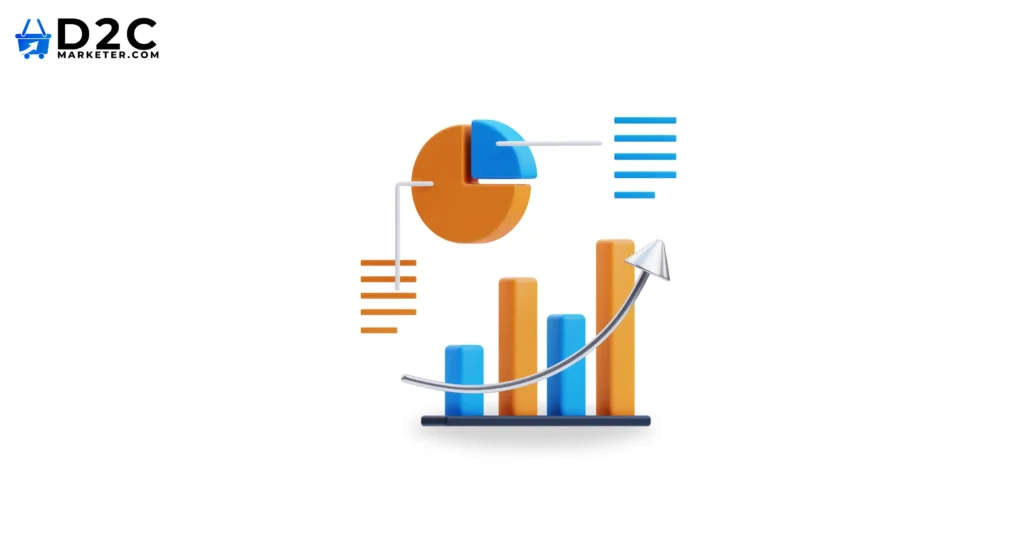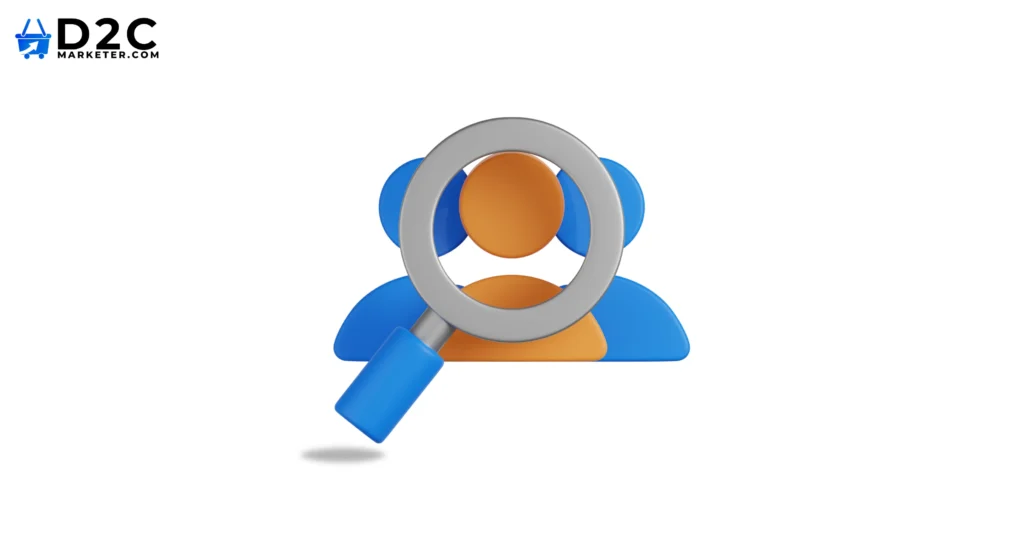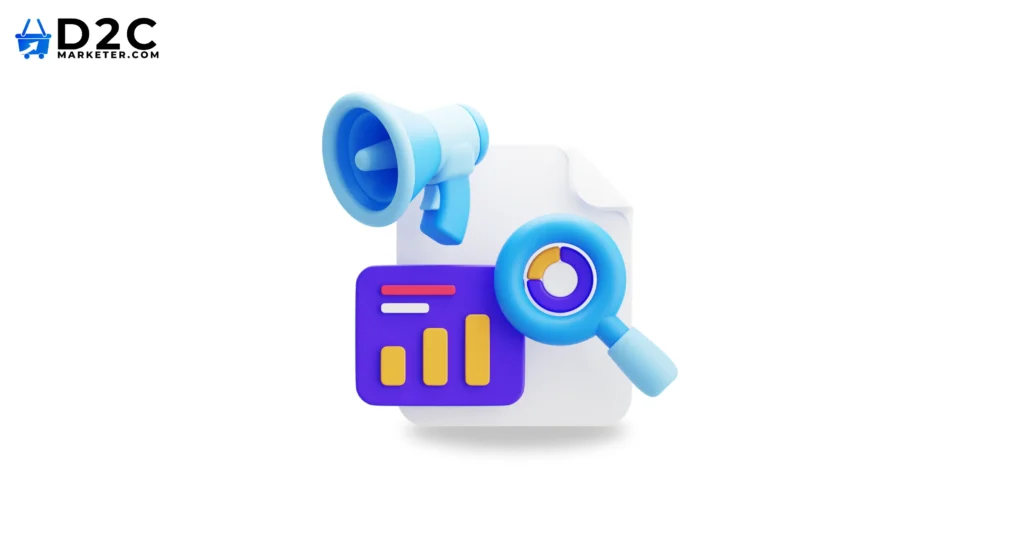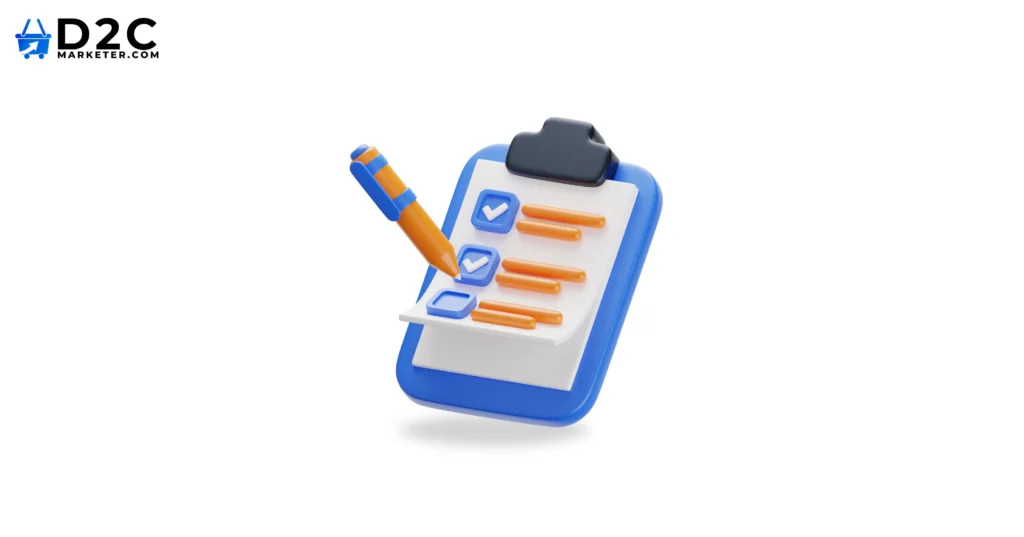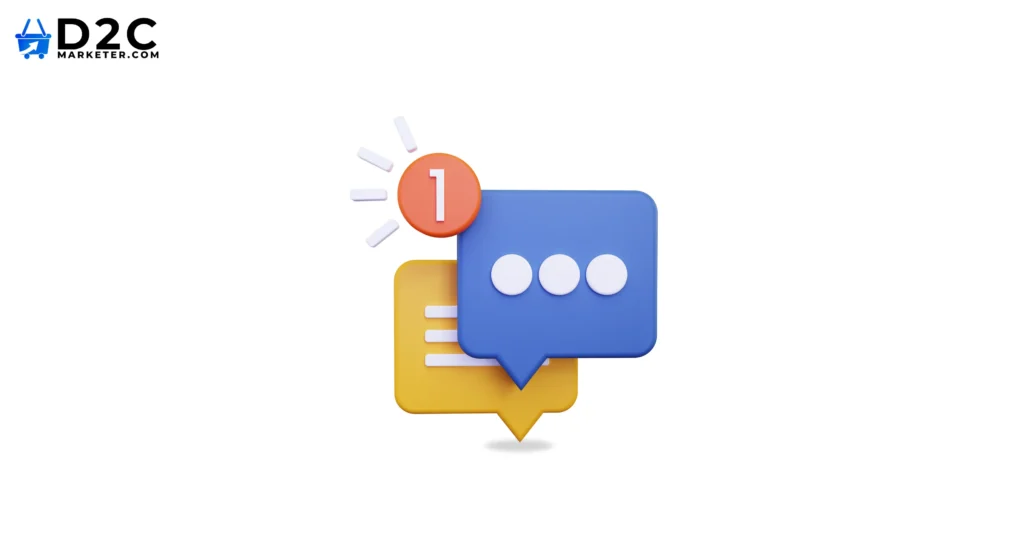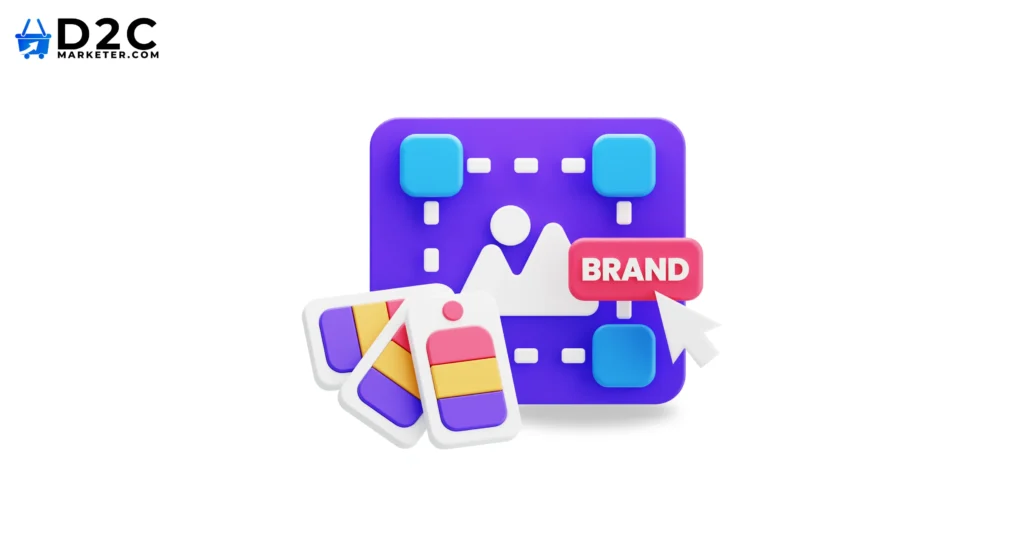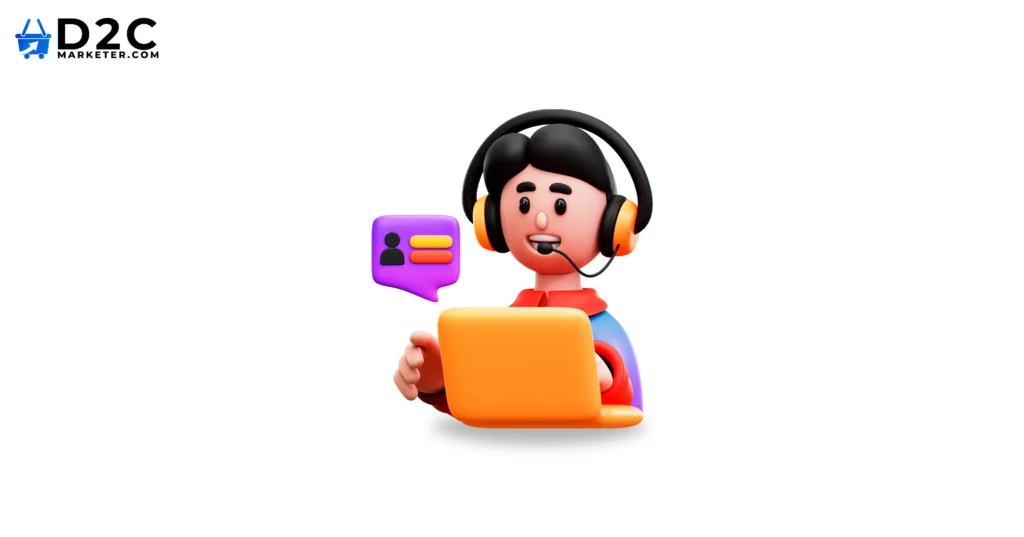In today’s world, D2C (direct-to-consumer) brands are changing the way we shop. You’ve likely come across brands that seem to pop up overnight, offering unique products and connecting with customers on a personal level. What’s their secret?
In this collection of D2C e-commerce case studies, we’ll dive into the journeys of brands that have scaled rapidly, facing challenges and finding creative solutions along the way. These stories are packed with insights you can apply to your business, whether you’re just starting out or looking to grow an established brand.
Get ready to be inspired! Each case study highlights key strategies for marketing, customer engagement, and more.
Let’s explore what makes these brands tick and discover how you can carve your own path to success in the exciting world of D2C e-commerce!
Table of Contents
How Brand X Grew in 12 Months
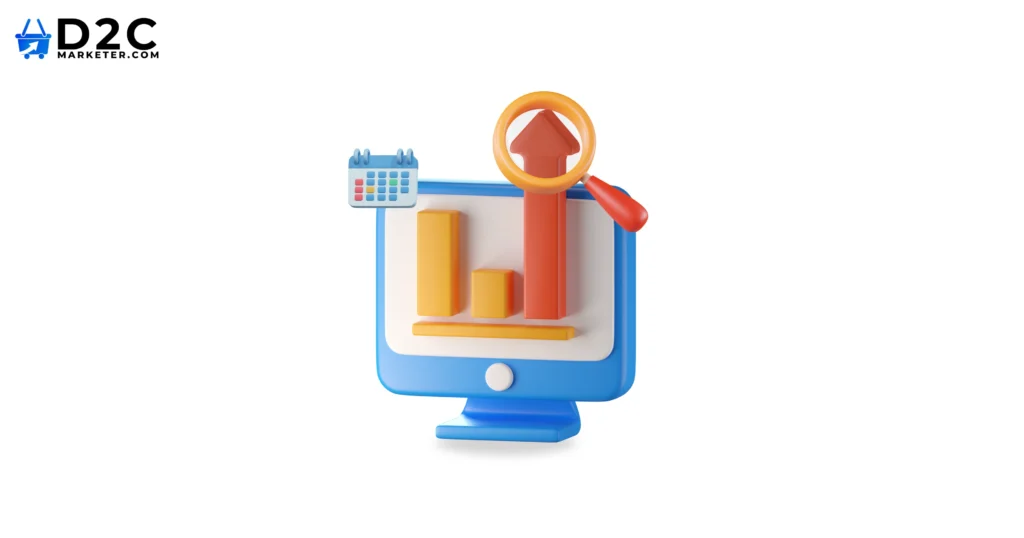
Overview
Meet Brand X, a fresh face in the D2C (direct-to-consumer) space that had a lot of potential but was facing some tough challenges. Just a year ago, they were struggling to stand out in a crowded market. With a fantastic product but limited recognition, they needed a solid plan to reach their audience and drive sales. Their story is a perfect example of how the right strategies can lead to incredible growth.
Marketing Strategies Used
To turn things around, this brand partnered with a top D2C e-commerce agency, diving into a dynamic marketing strategy. They focused on paid ads to boost their visibility right away, while influencer marketing helped them connect with real people who genuinely loved their brand. By collaborating with influencers who shared their vision, they built trust and authenticity with potential customers. They also prioritized search engine optimization (SEO) to enhance their online presence, making it easier for customers to discover them organically.
Results
The impact was nothing short of amazing. In just 12 months, Brand X saw their website traffic jump. Their conversion rates climbed as casual browsers turned into loyal traffic. Most importantly, their revenue skyrocketed, surpassing their initial goals.
This case study highlights the power of strategic marketing in transforming a struggling brand into a thriving D2C success story, offering inspiration and insights for anyone looking to grow in the ecommerce world.
How Brand Y Increased ROAS Using Performance Marketing
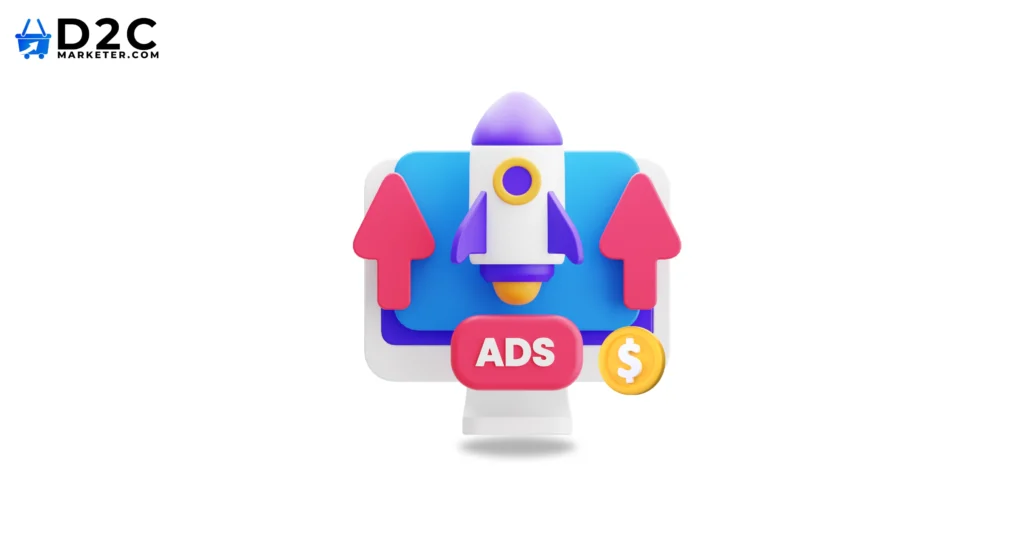
Initial Situation
Introducing Brand Y, a promising D2C (direct-to-consumer) brand that faced some growing pains as it tried to scale. Initially, they struggled with high customer acquisition costs (CAC) and were finding it hard to measure the effectiveness of their marketing efforts. Their return on ad spend (ROAS) was lower than they hoped, and they knew they needed a change to thrive in a competitive landscape.
Solution
To tackle these challenges, this brand partnered with a savvy D2C ecommerce agency, focusing on performance marketing to maximize their advertising impact. They launched targeted campaigns on Google Ads and Facebook Ads, carefully tracking and optimizing their spending. By honing in on specific audience segments and crafting compelling ad creatives, they aimed to drive more qualified traffic to their site.
Results
The results were impressive. Brand Y saw a significant increase in their ROAS, meaning they were getting more revenue for every dollar spent on advertising. They also managed to reduce their CAC, making it more cost-effective to acquire new customers. Perhaps most importantly, the brand experienced an increase in customer lifetime value (LTV), indicating that not only were they bringing in new customers, but those customers were also returning for more.
This case study illustrates the transformative power of performance marketing in the D2C space, providing valuable insights for brands looking to optimize their strategies and grow sustainably.
How Brand Z Used CRO to Double Their Conversion Rates
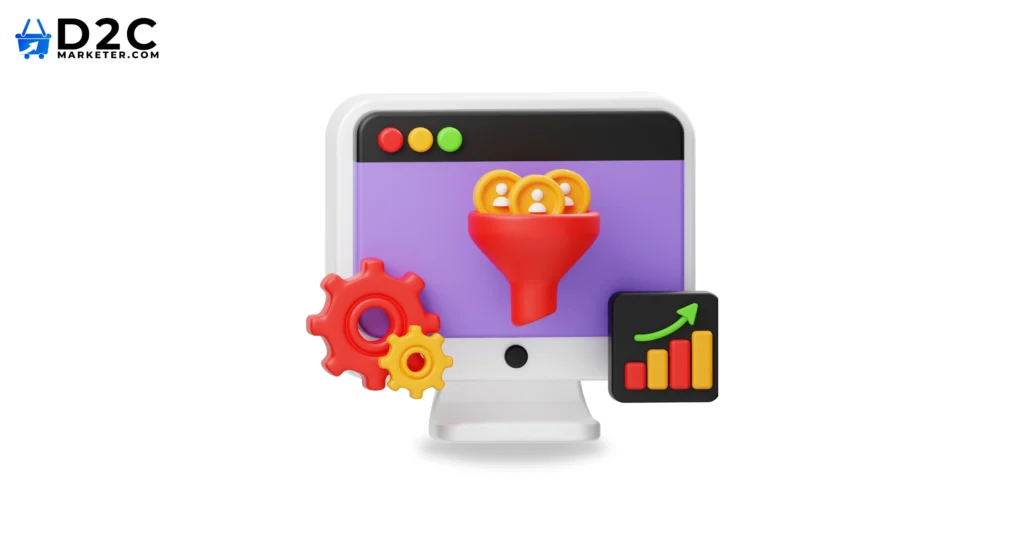
Conversion Challenges
Introducing Brand Z, an exciting D2C (direct-to-consumer) brand that faced a common but frustrating issue: their conversion rates were lagging. Despite drawing in a good number of visitors, they noticed a significant number of potential customers were abandoning their carts at the last minute. It was a puzzling situation, and they realized they needed to dig deep to understand what was going wrong.
Solution
To tackle this challenge, Brand Z teamed up with a skilled D2C ecommerce agency, diving into Conversion Rate Optimization (CRO) strategies. They kicked things off with A/B testing, experimenting with various website elements like button colors and product descriptions to see what clicked with their audience. They also focused on optimizing their landing pages to create a smoother and more inviting experience, making it easier for visitors to navigate and complete their purchases.
Results
The results were nothing short of transformative. Brand Z managed to double their conversion rates, turning curious visitors into loyal customers. They also saw a noticeable drop in cart abandonment rates, meaning more shoppers were completing their purchases instead of leaving empty-handed.
This case study underscores the power of CRO in the D2C space, illustrating how thoughtful strategies can lead to real, measurable improvements. This brand’s journey offers valuable insights for other brands eager to enhance their conversion efforts and grow sustainably.
Key Takeaways from Successful D2C E-commerce Brands
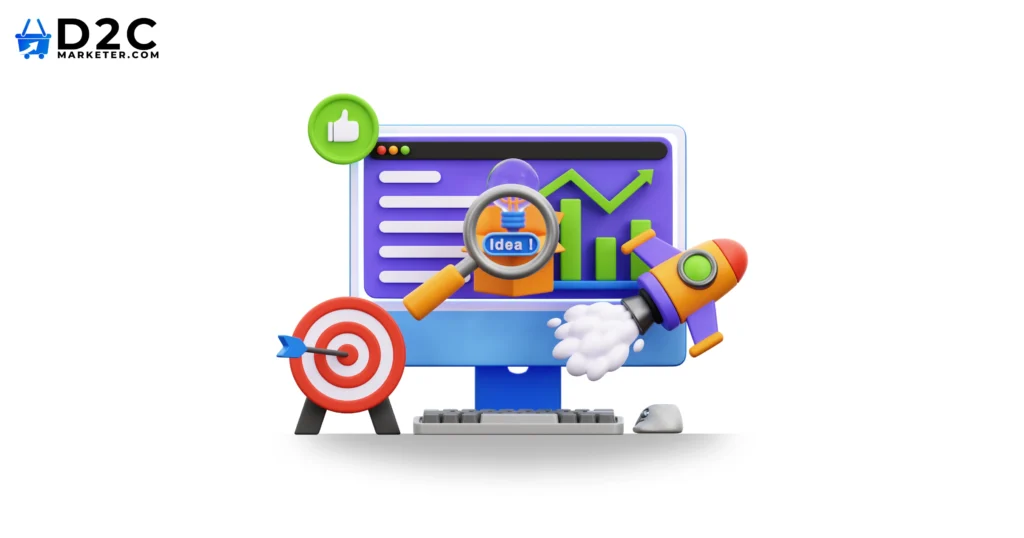
Looking back at the journeys of these incredible D2C (direct-to-consumer) brands, a few key strategies really shine through as contributors to their success. While each brand faced its own challenges, they all shared a focus on connecting with customers and adapting to their needs.
Common Strategies for Success
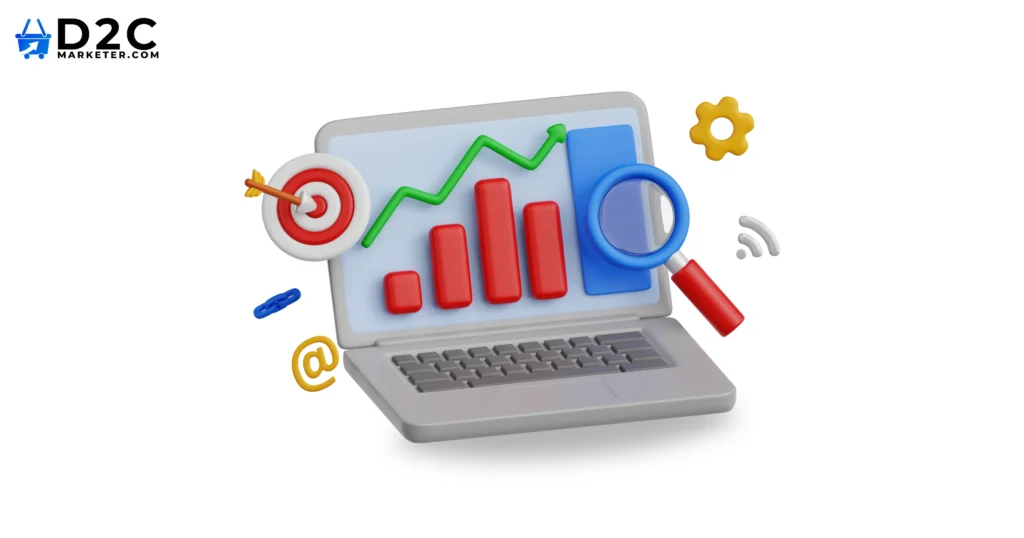
1. Targeted Marketing: Successful brands knew who their audience was and created marketing campaigns that spoke directly to them. Instead of casting a wide net, they focused on specific groups, leading to higher engagement and better conversion rates.
2. Data-Driven Decisions: These brands embraced data as their best friend. By using tools for A/B testing and analytics, they made smart choices based on real insights, continually tweaking their strategies for better results.
3. Customer Experience Focus: Enhancing the shopping experience was a top priority. From easy navigation on their websites to smooth checkout processes, brands that prioritized user experience saw more satisfied customers and fewer abandoned carts.
4. Strong Brand Identity: Building an authentic brand story was key. Successful brands communicated their values and missions in ways that resonated with their audience, forging deeper connections and loyalty.
Applying These Lessons
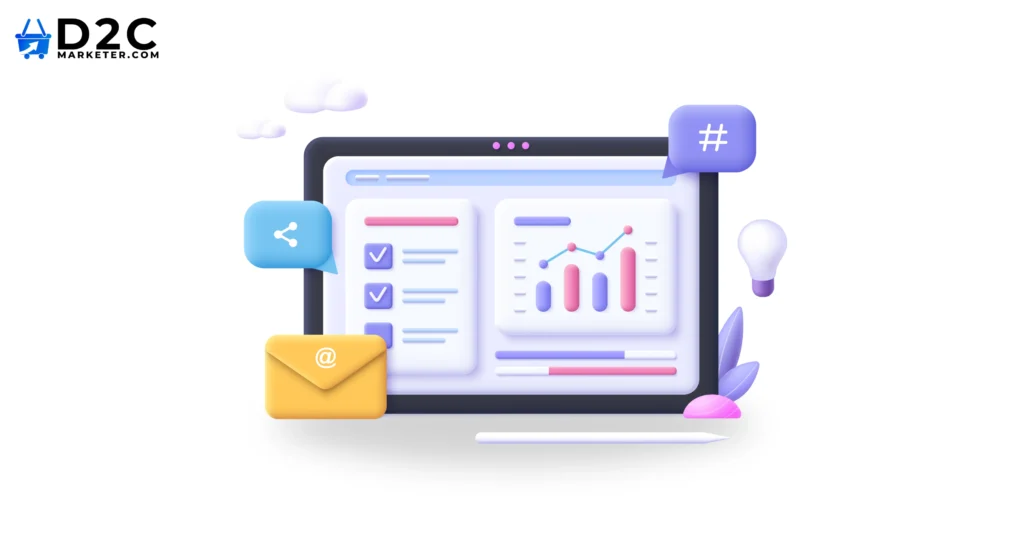
For other D2C businesses eager to grow, these takeaways offer a roadmap. Start by getting to know your target audience and crafting marketing efforts that truly resonate with them. Leverage data to guide your decisions, always looking for ways to improve. Focus on creating an enjoyable customer experience at every step, and invest time in building a brand identity that reflects your values.
By embracing these strategies, you can set your D2C brand on a path to success, just like the inspiring brands we’ve explored in these case studies. Each small step you take to understand your audience and enhance your approach can lead to significant growth in this exciting e-commerce landscape.
Pros & Cons of D2C Scaling Strategies
| Strategy | Pros | Cons |
| Paid Advertising | Quick traffic growth, highly targeted audiences | Can be expensive, requires ongoing investment |
| Influencer Marketing | Builds trust and social proof | Difficult to measure ROI, variable results |
| CRO (Conversion Rate Optimization) | Increases revenue without increasing traffic | Requires continuous testing and monitoring |
| SEO | Long-term traffic growth, builds credibility | Slow to see results, ongoing effort required |
Conclusion
The journeys of these remarkable D2C (direct-to-consumer) brands showcase just how transformative the right strategies can be. By embracing targeted marketing, performance-focused campaigns, and a genuine commitment to customer experience, these brands have turned challenges into opportunities for growth.
What stands out is that success in the D2C space isn’t just about having a great product; it’s about connecting with your audience in meaningful ways. Each case study we’ve explored offers practical insights that you can apply to your own brand, whether it’s driving more traffic, boosting your conversion rates, or building lasting customer loyalty.
Are you ready to see similar results for your D2C brand? Reach out to DesignScript, your trusted D2C ecommerce agency, and let’s chat about how we can help you scale your ecommerce business.
Together, we can develop customized strategies that resonate with your audience and set you on the path to success. Your journey to growth starts now, let’s make it happen!
FAQs
A D2C (Direct-to-Consumer) brand is a company that sells its products directly to consumers, cutting out intermediaries like retailers.
Scaling a D2C brand can take anywhere from a few months to several years, depending on various factors like product-market fit, marketing strategy, and capital investment.
A successful D2C marketing strategy often involves a mix of digital marketing channels like social media, email marketing, content marketing, and paid advertising.
Key metrics to measure D2C success include customer acquisition cost (CAC), customer lifetime value (CLTV), revenue growth, and customer satisfaction.
SEO is crucial for D2C brands as it helps them rank higher in search engine results, driving organic traffic to their website and increasing brand visibility.
